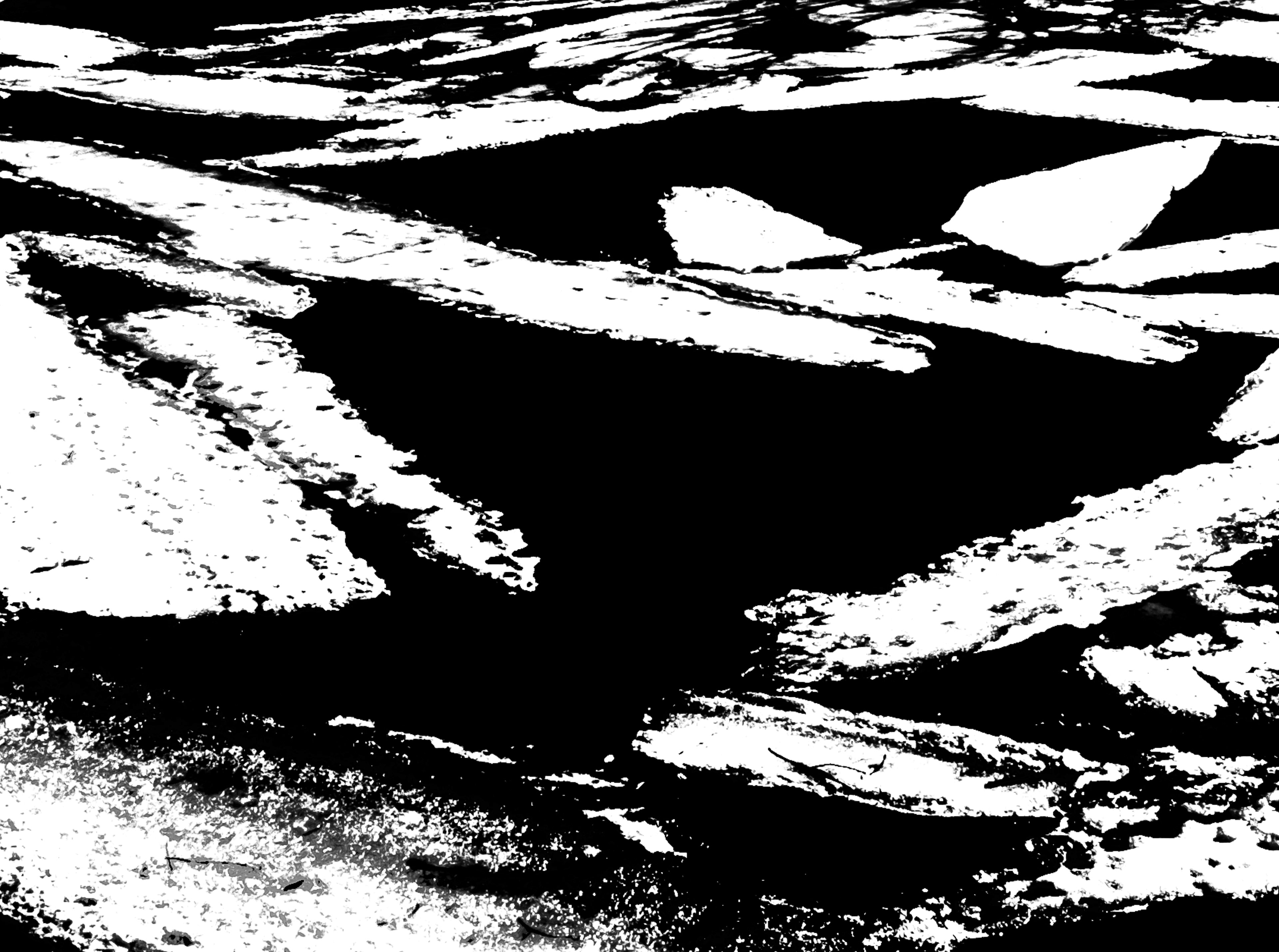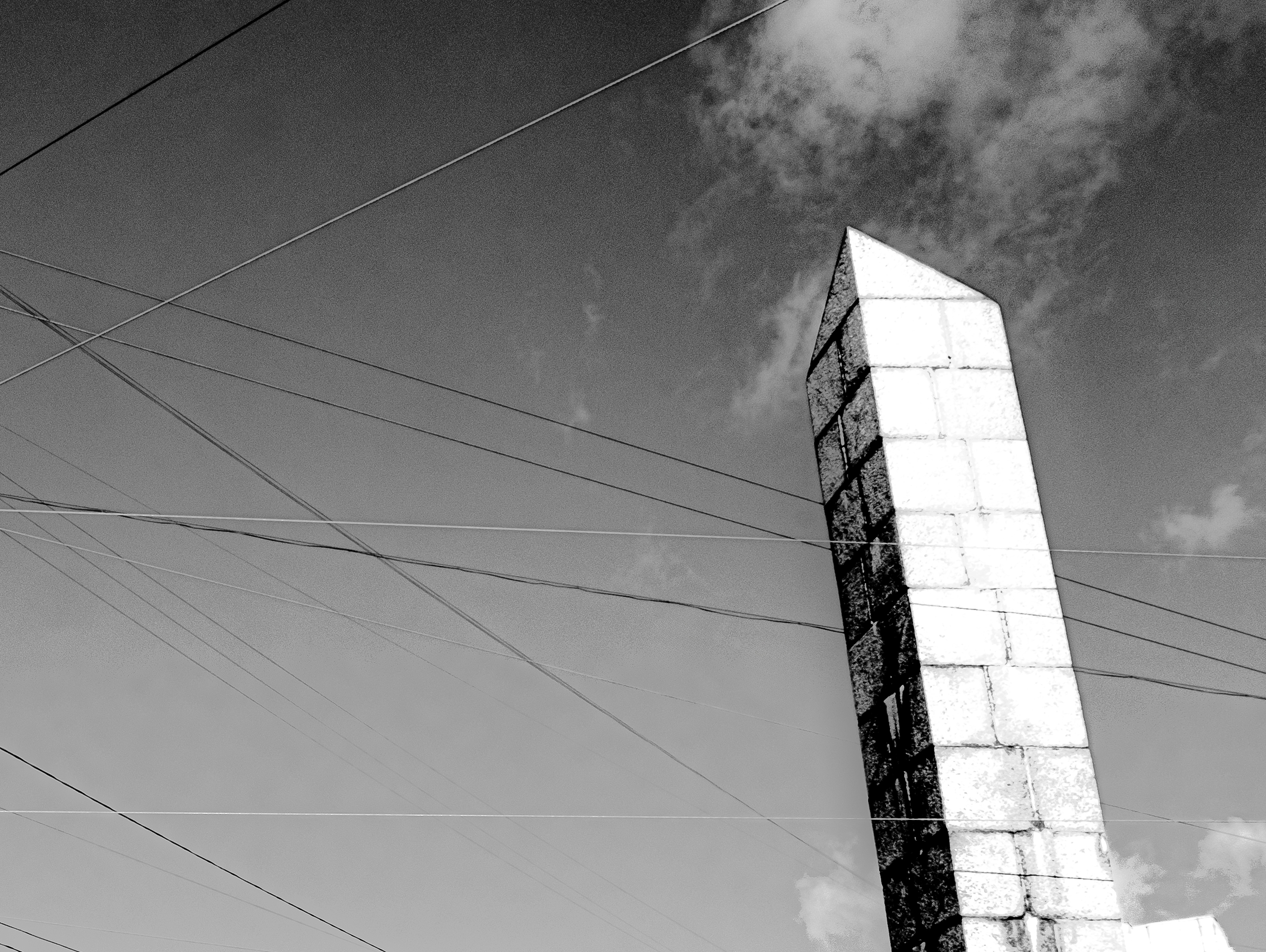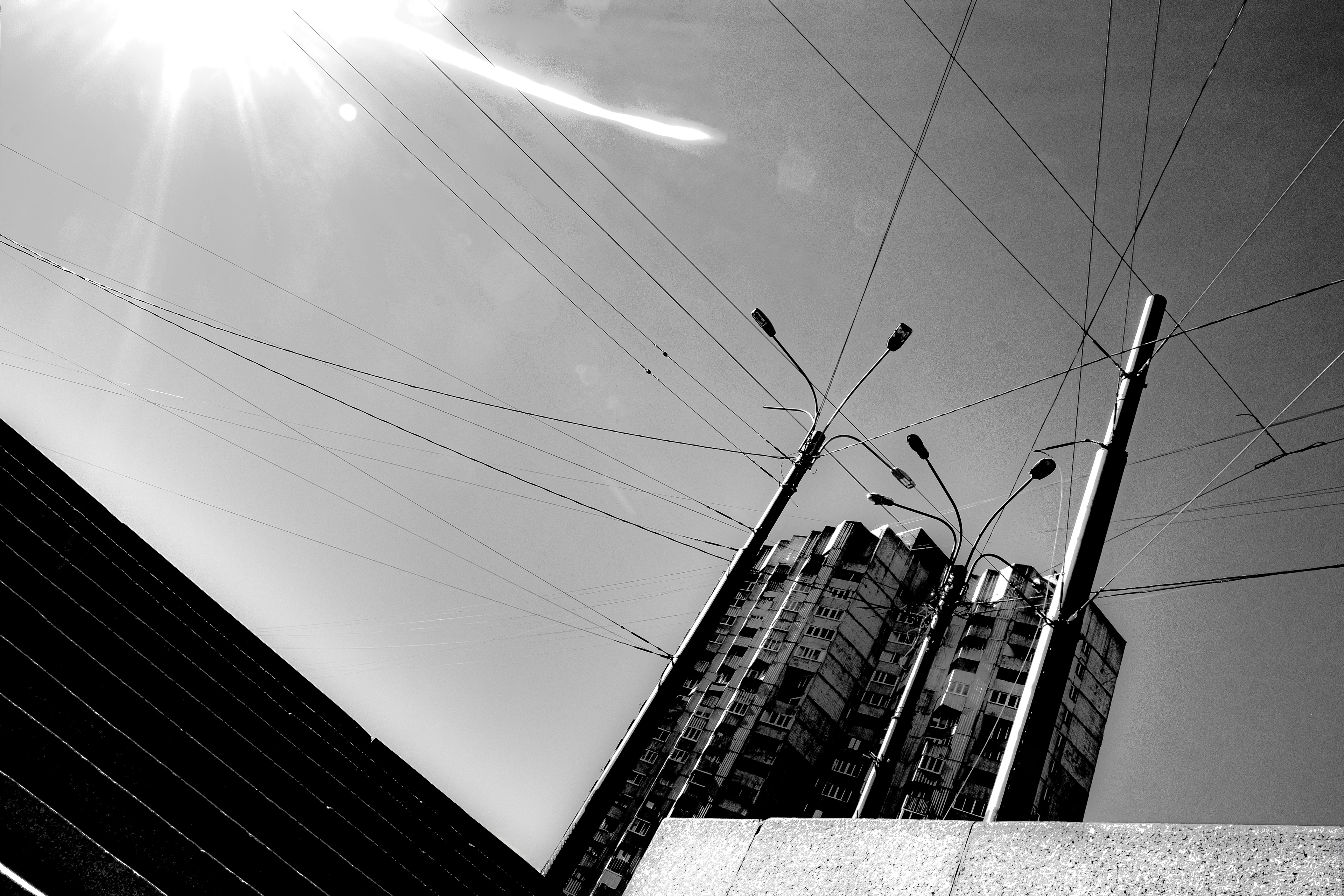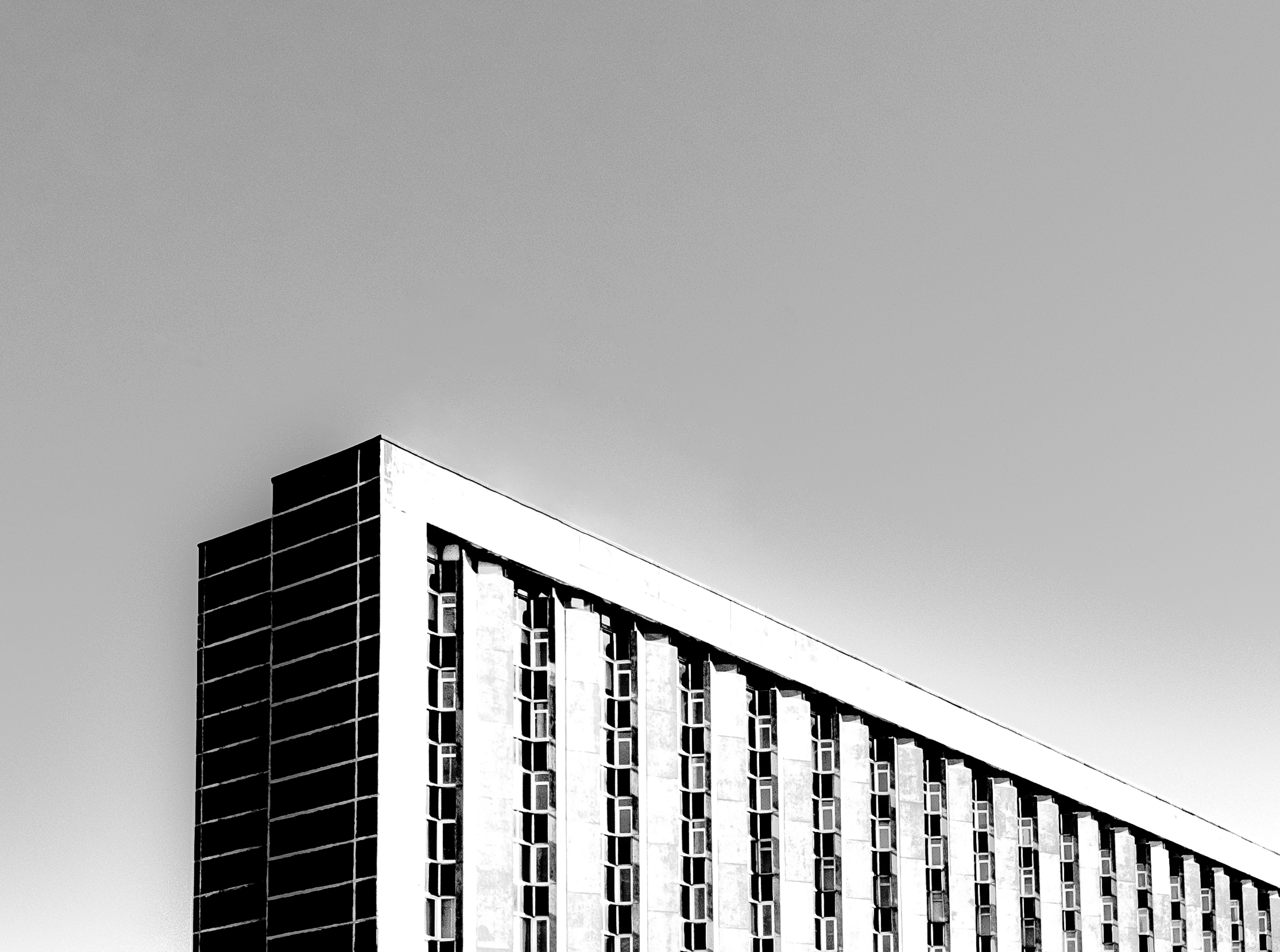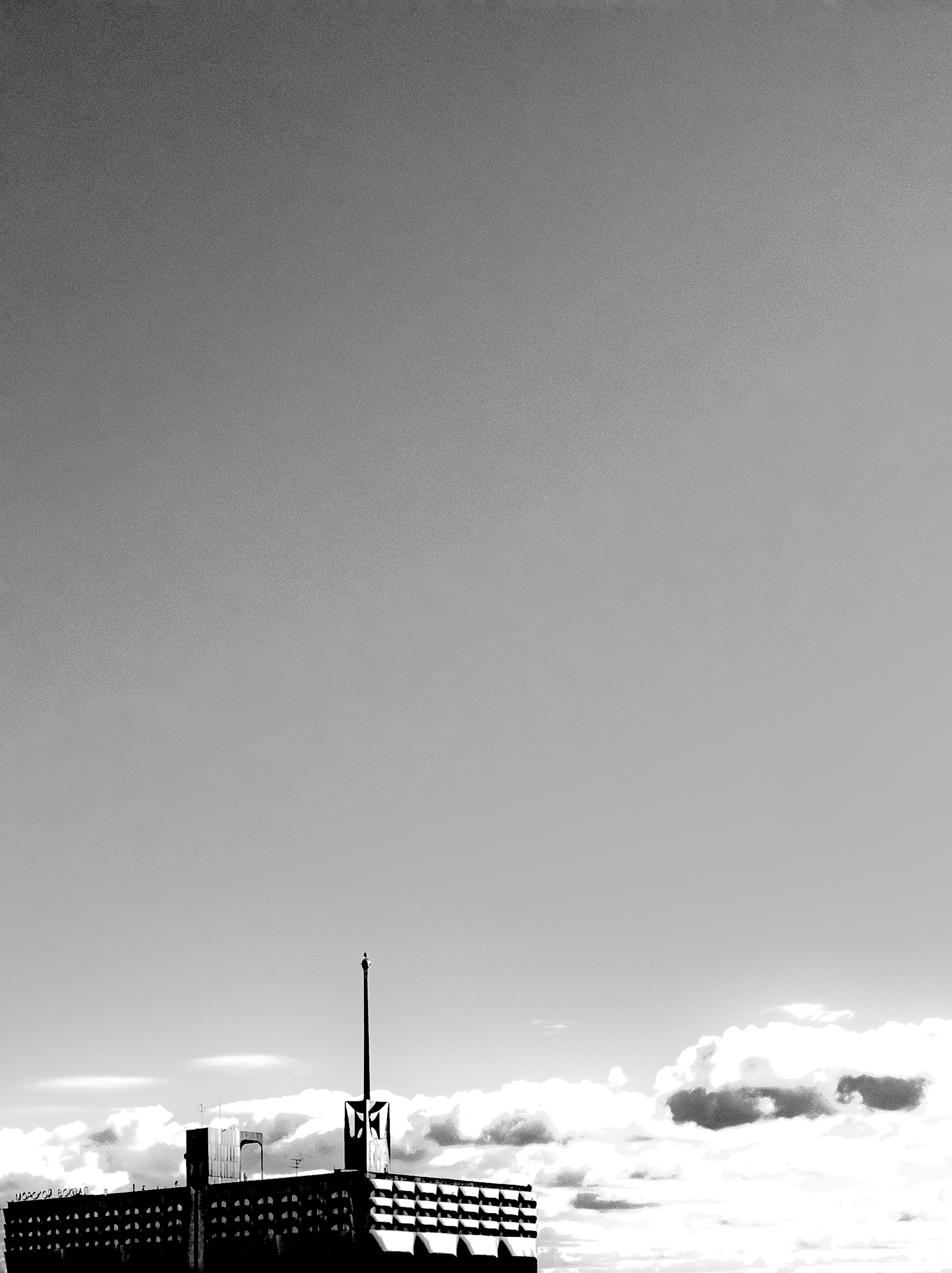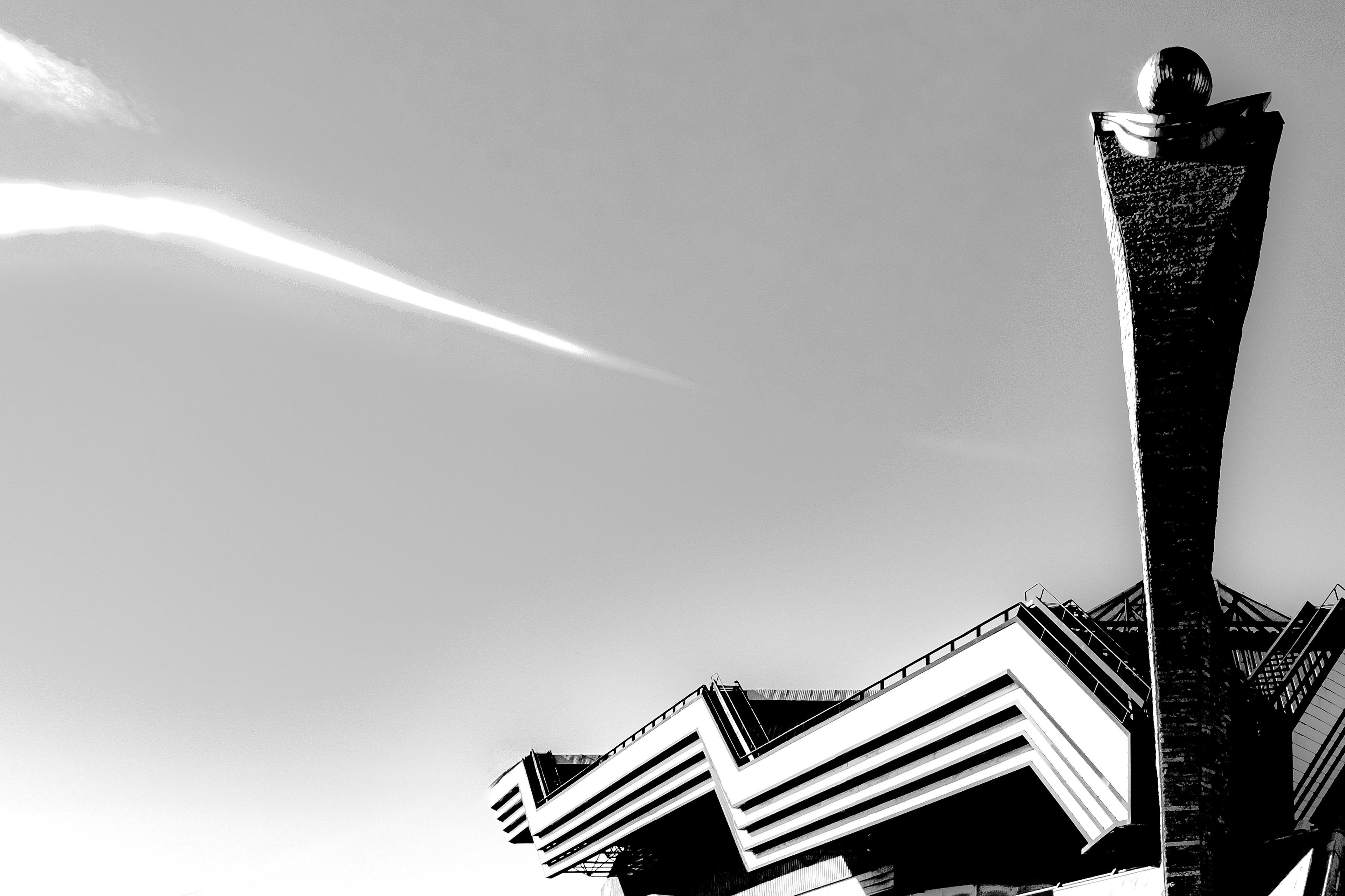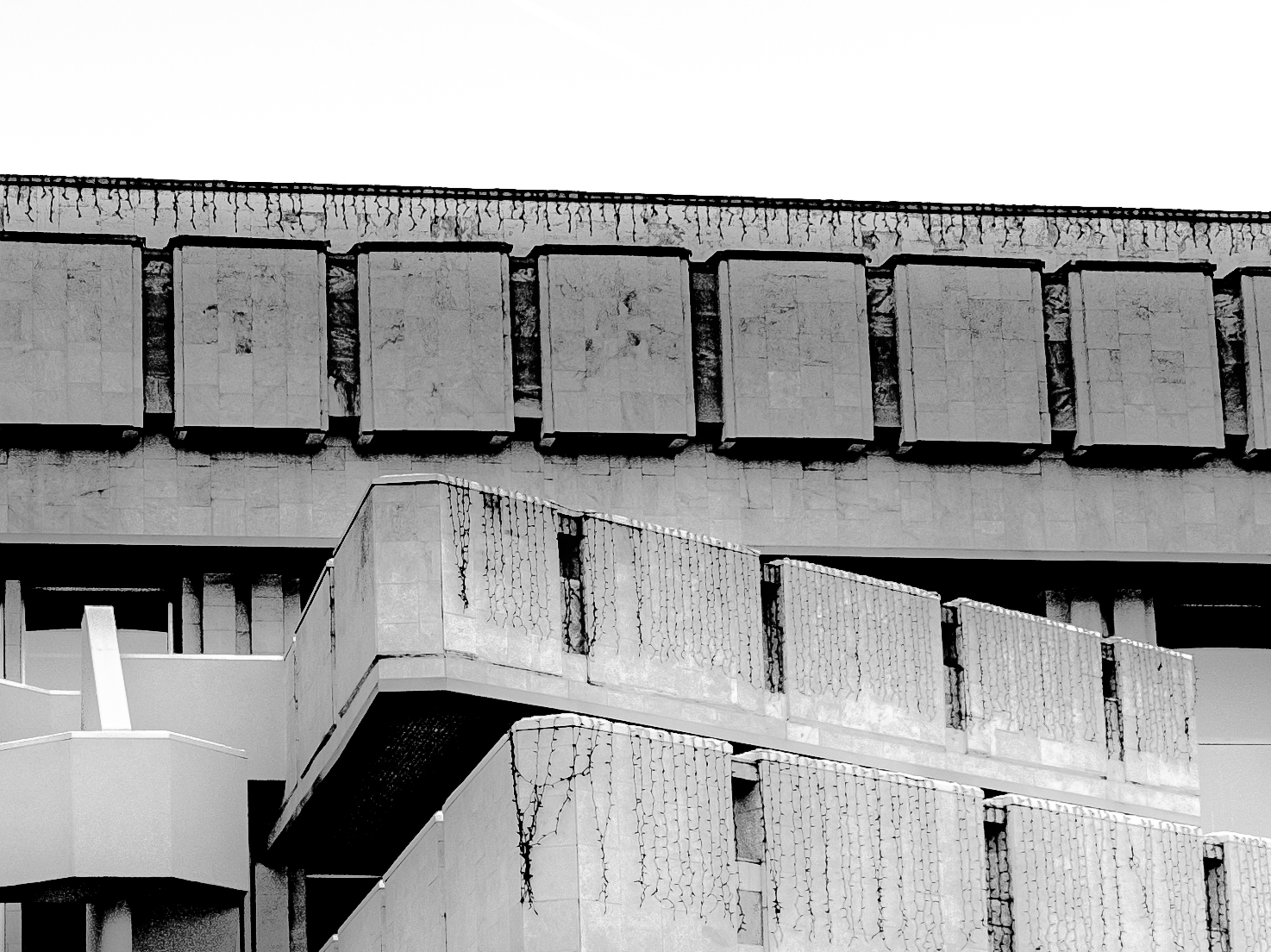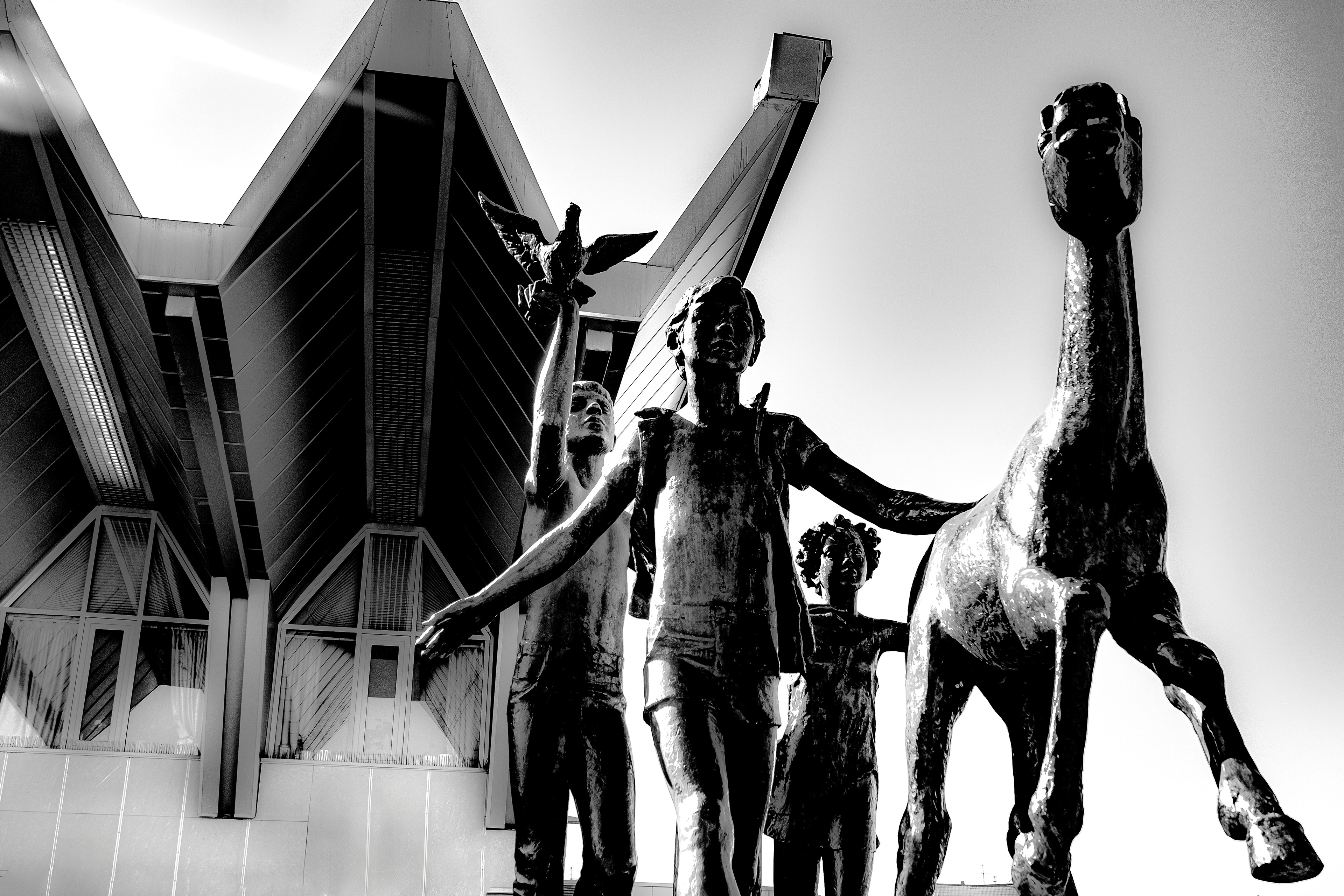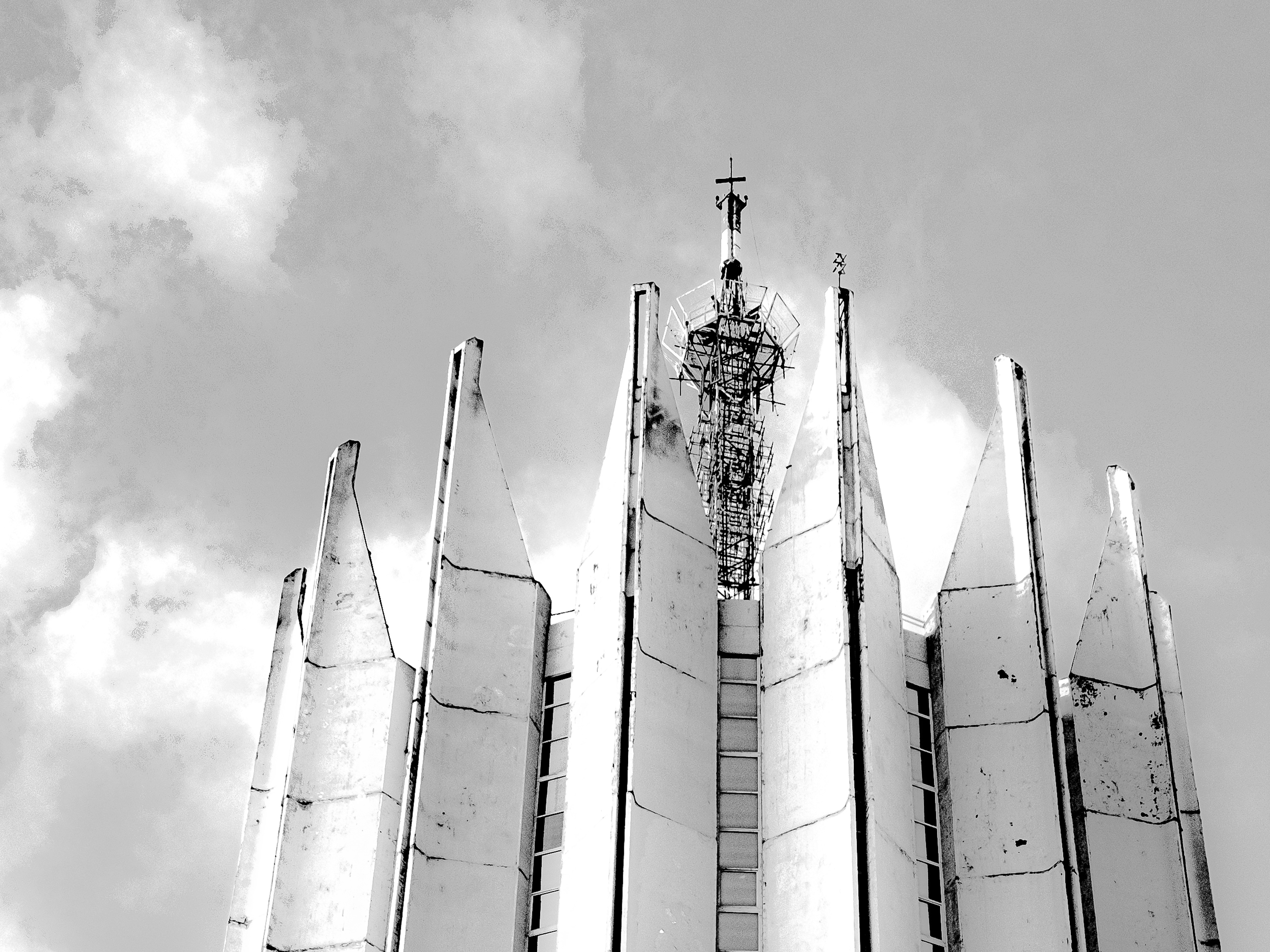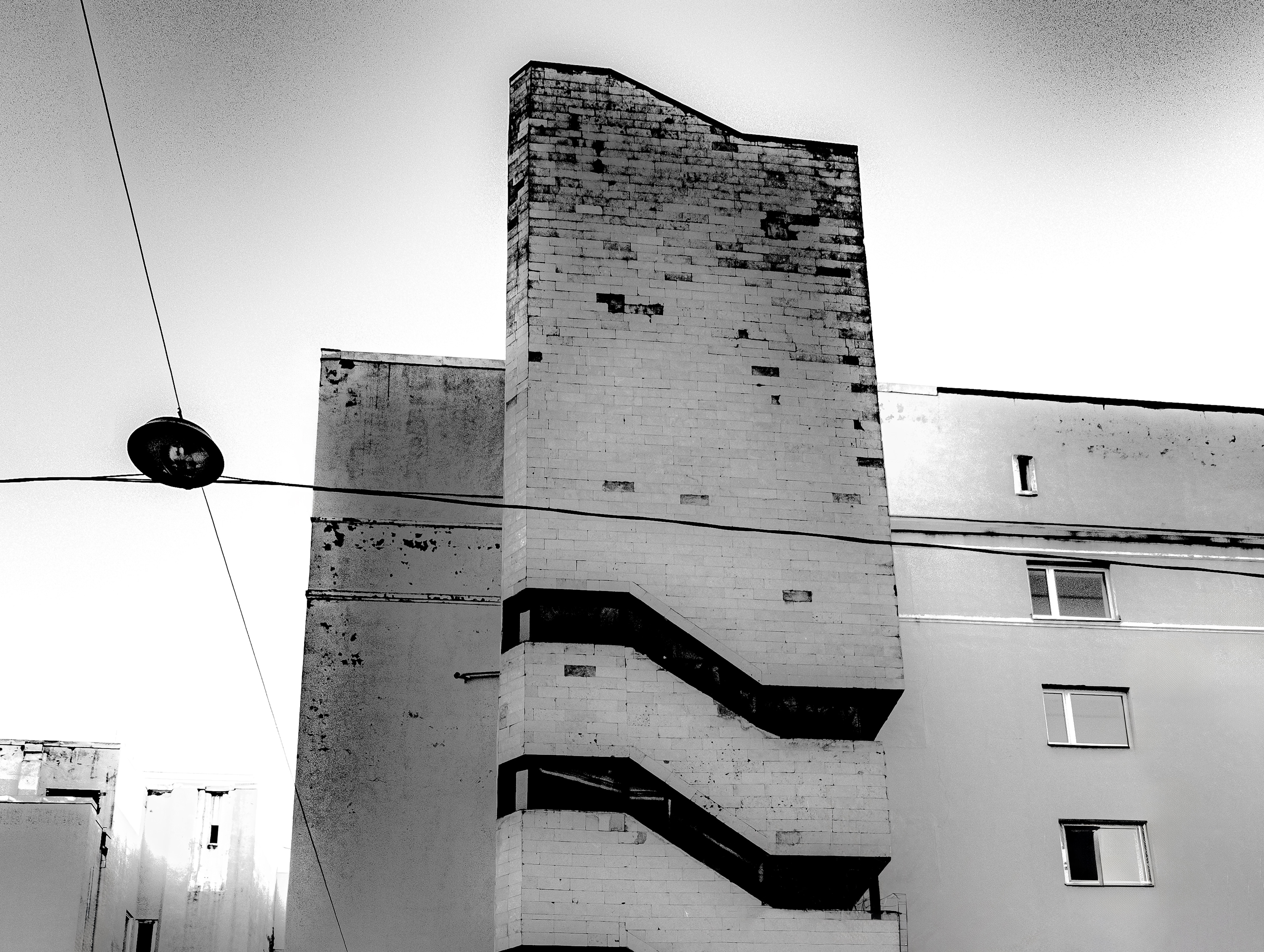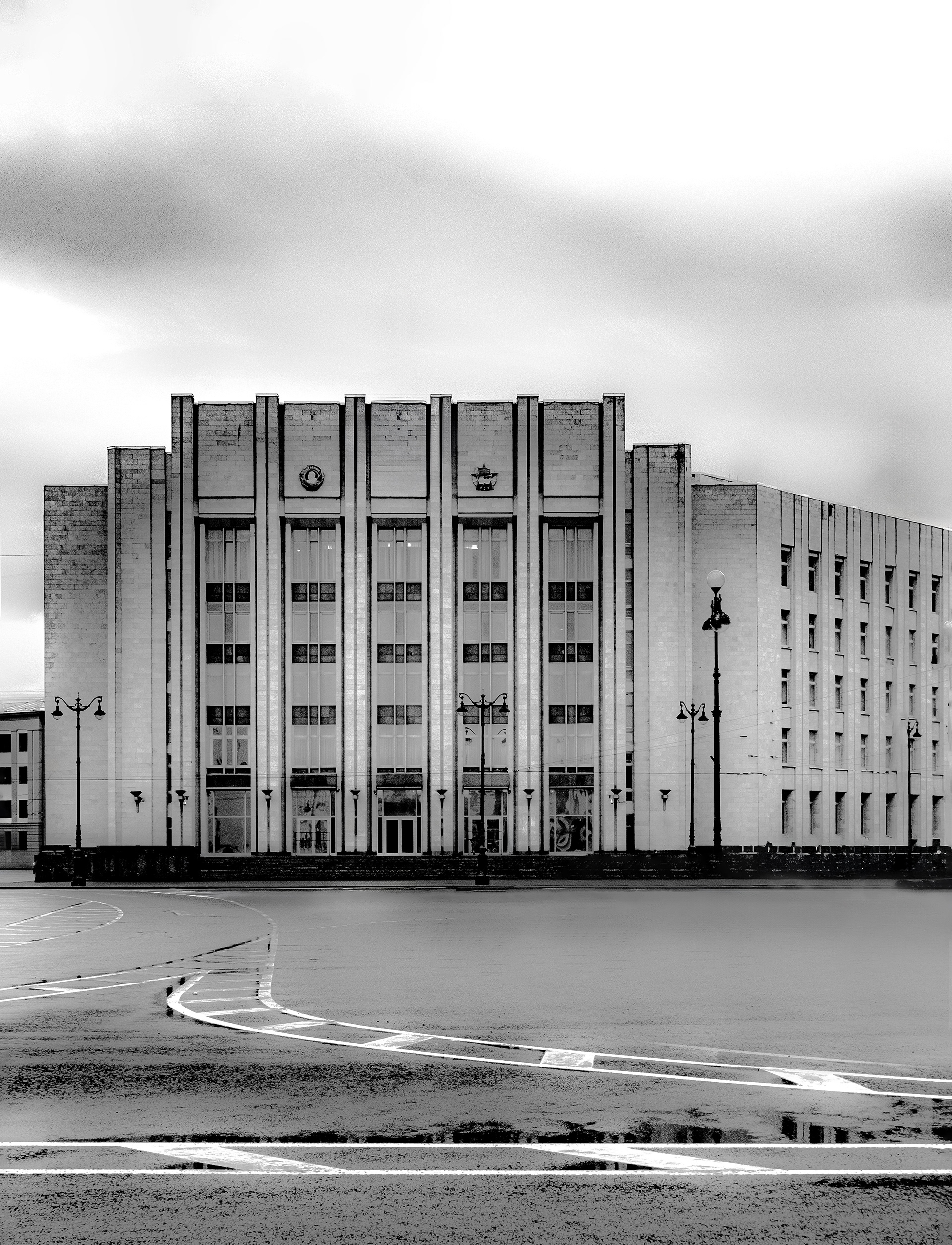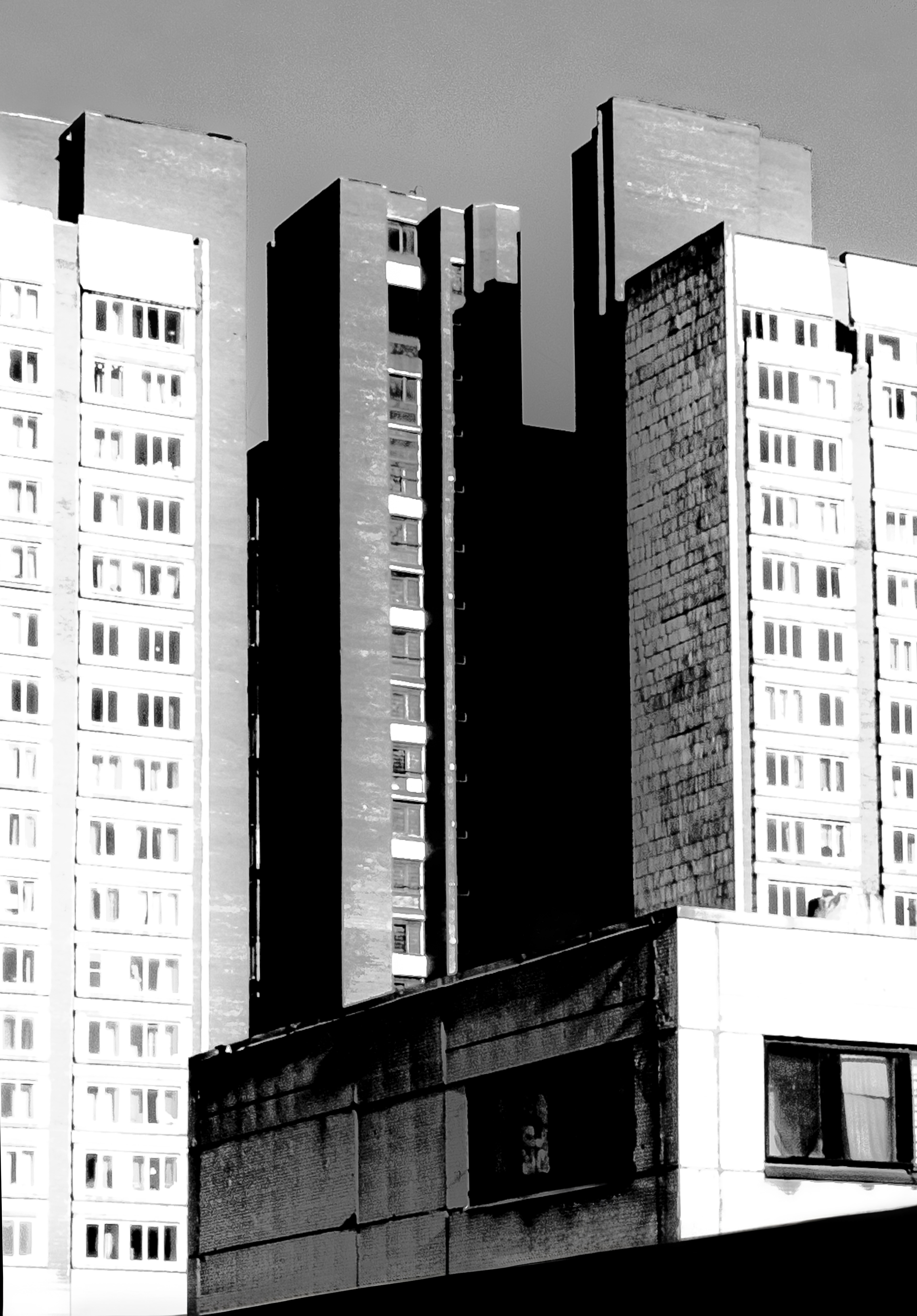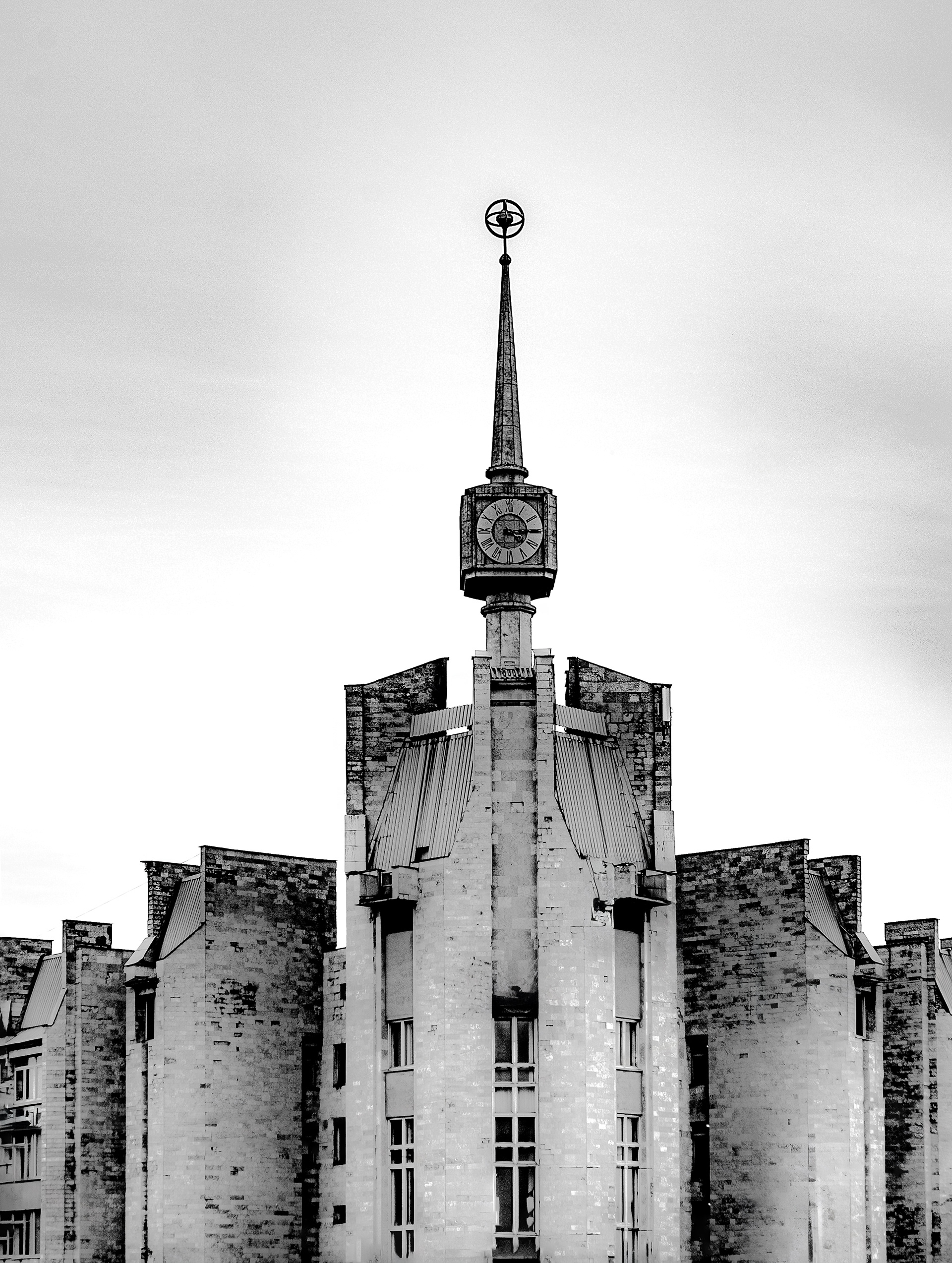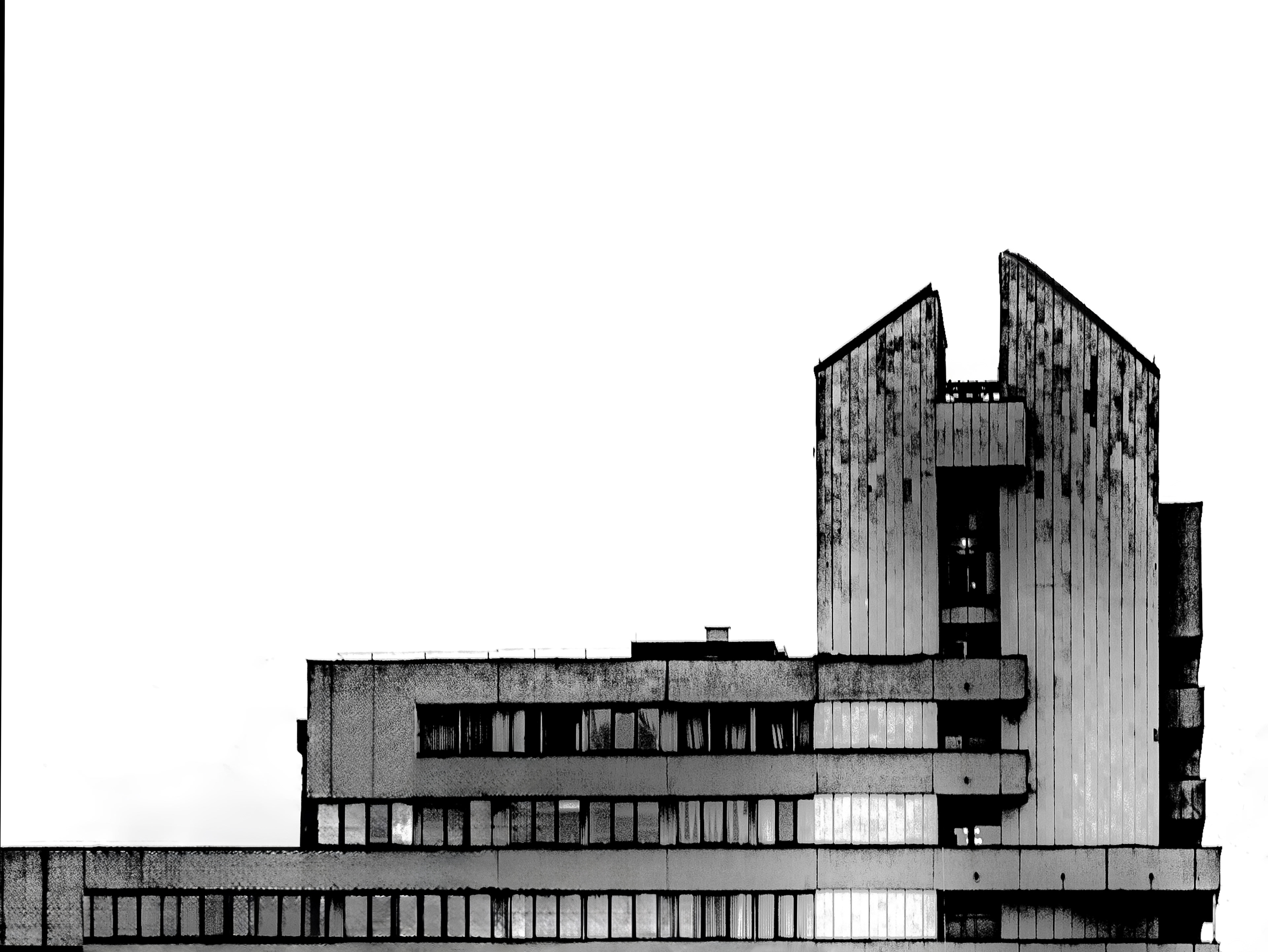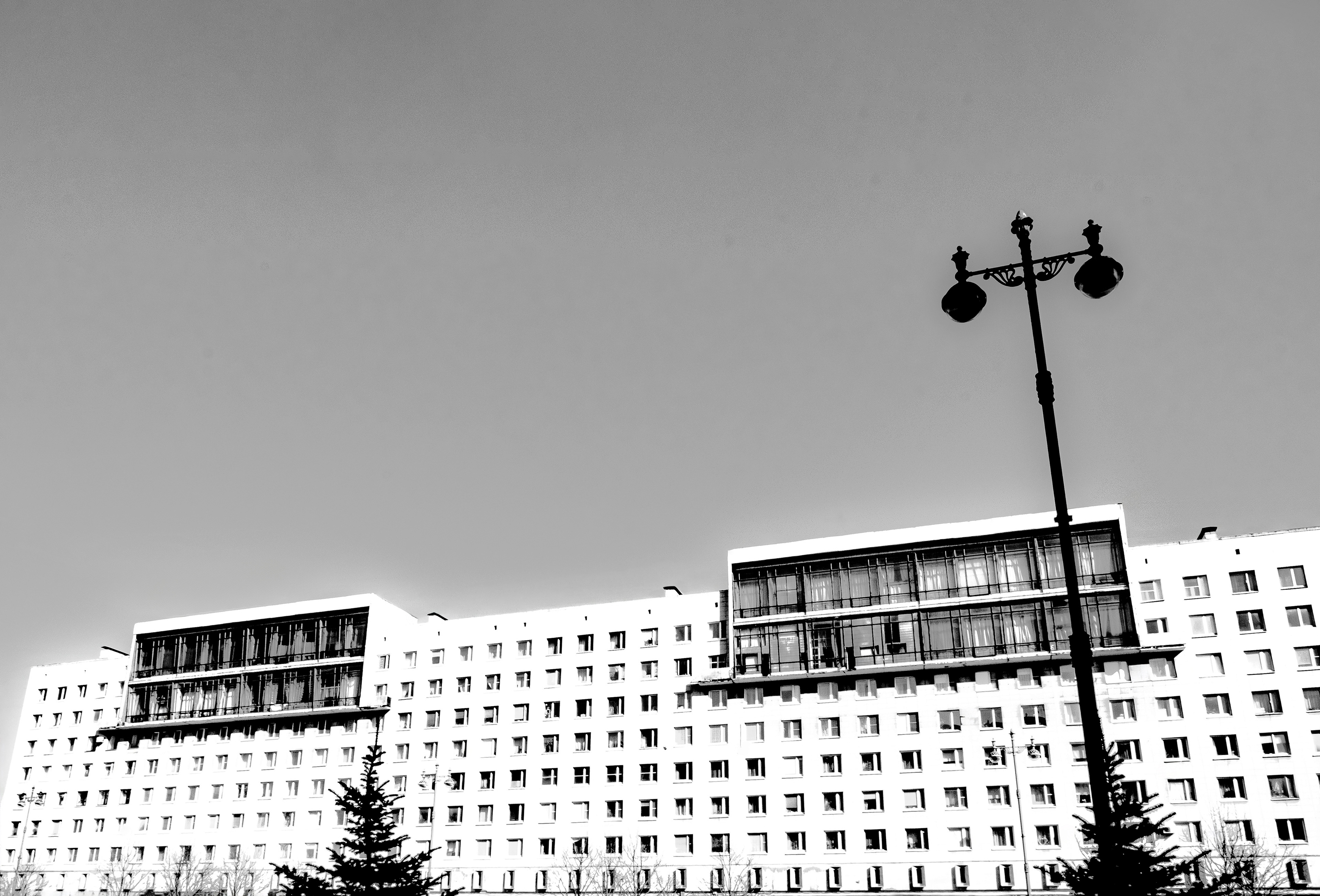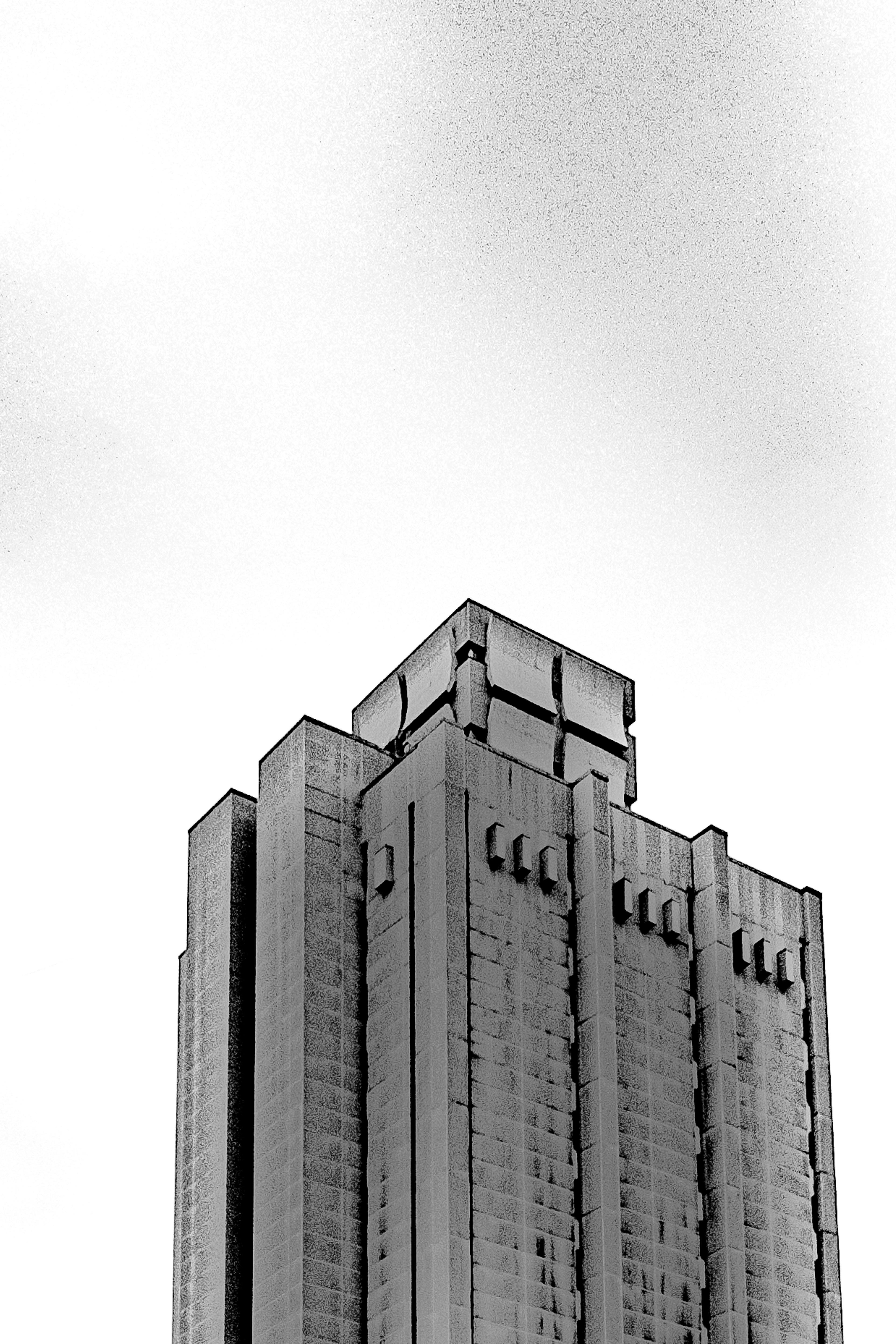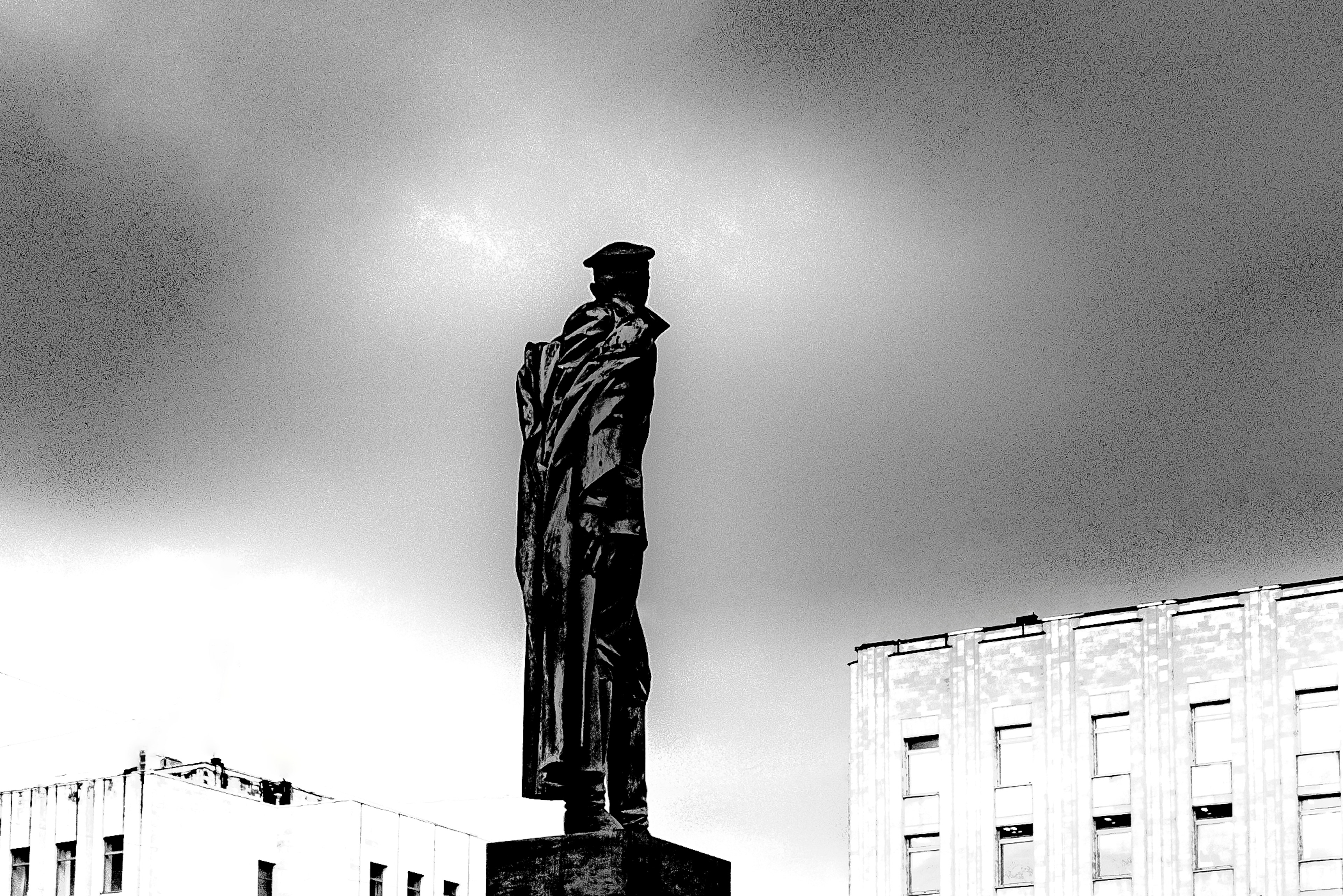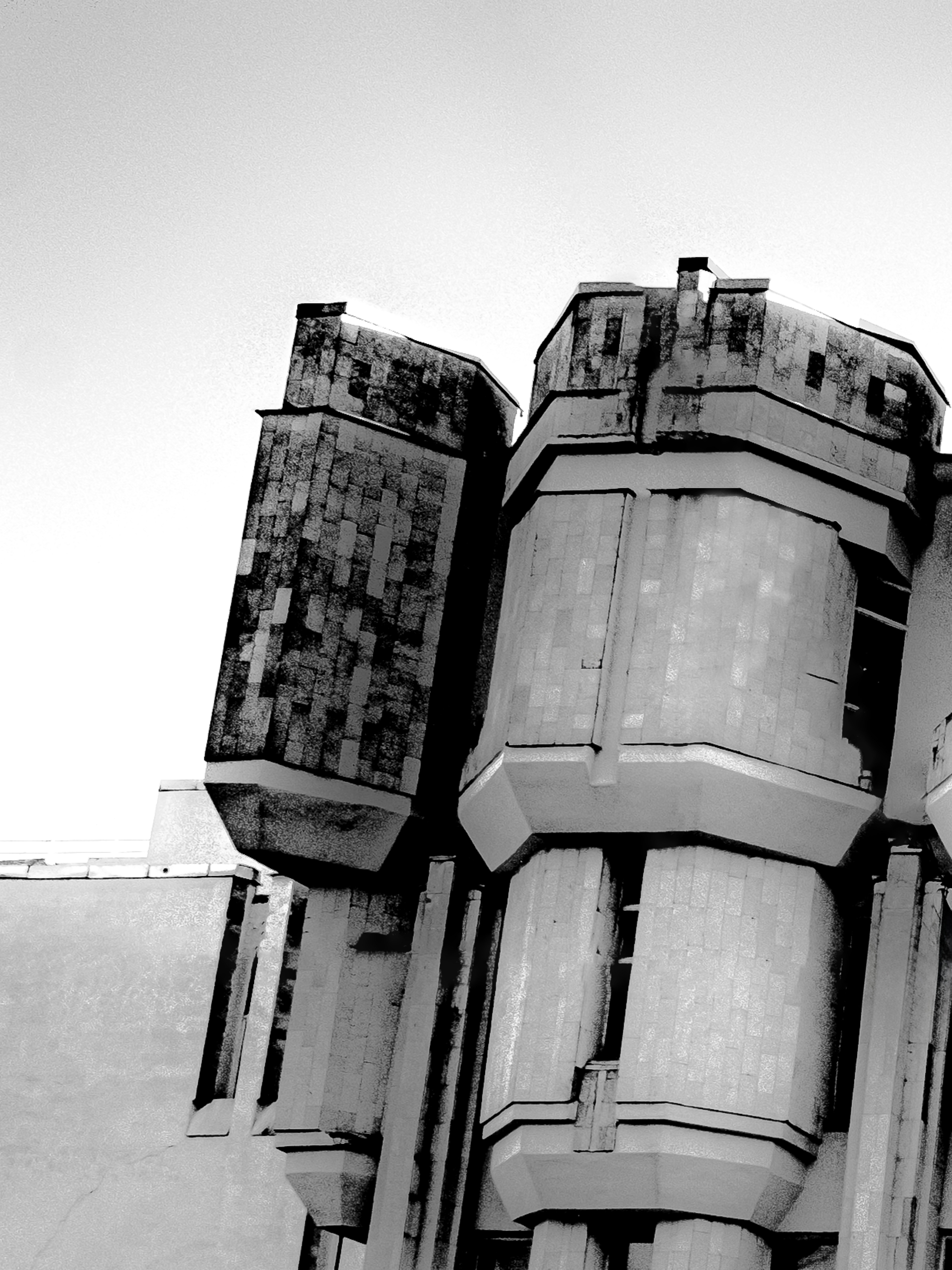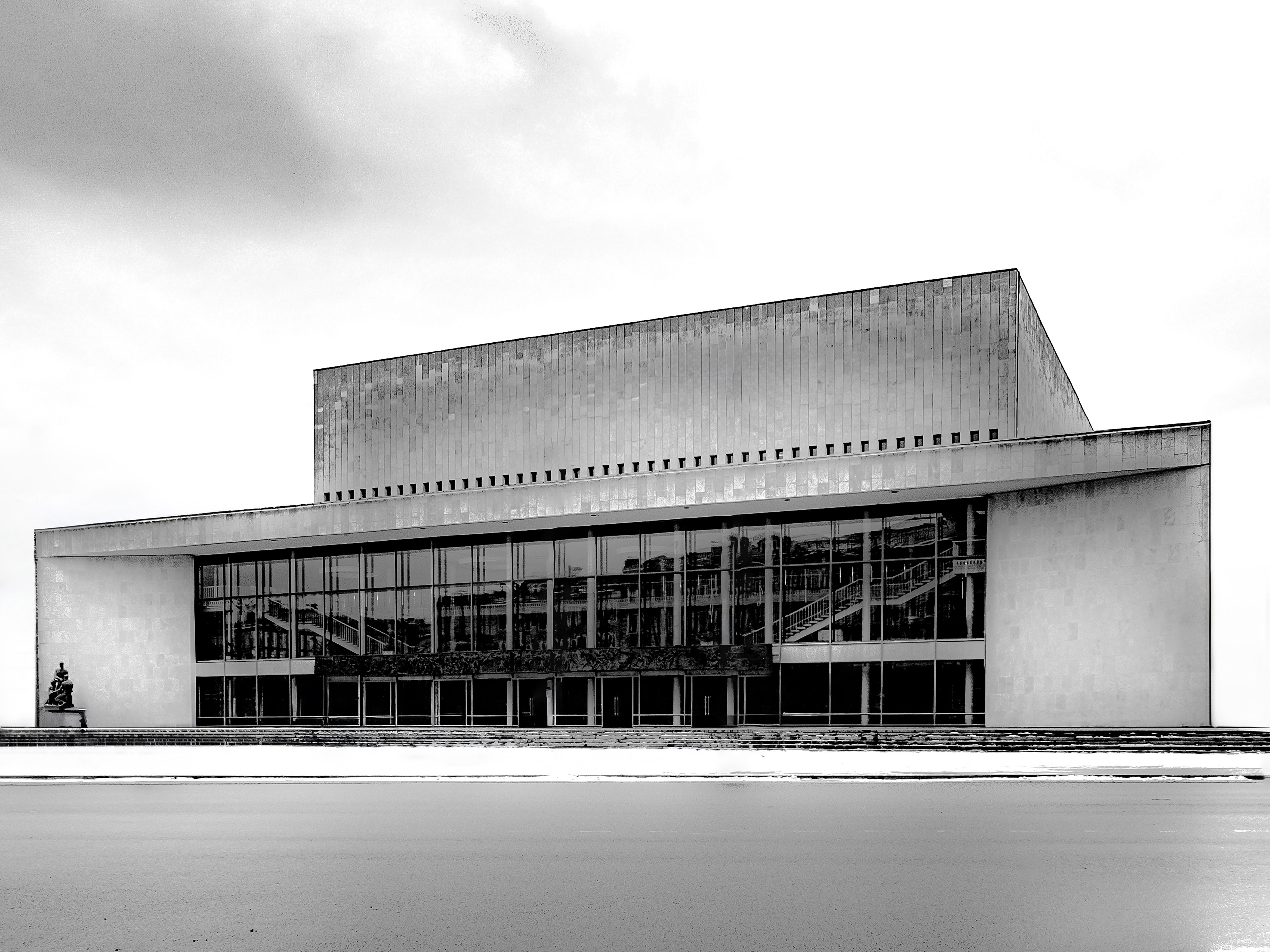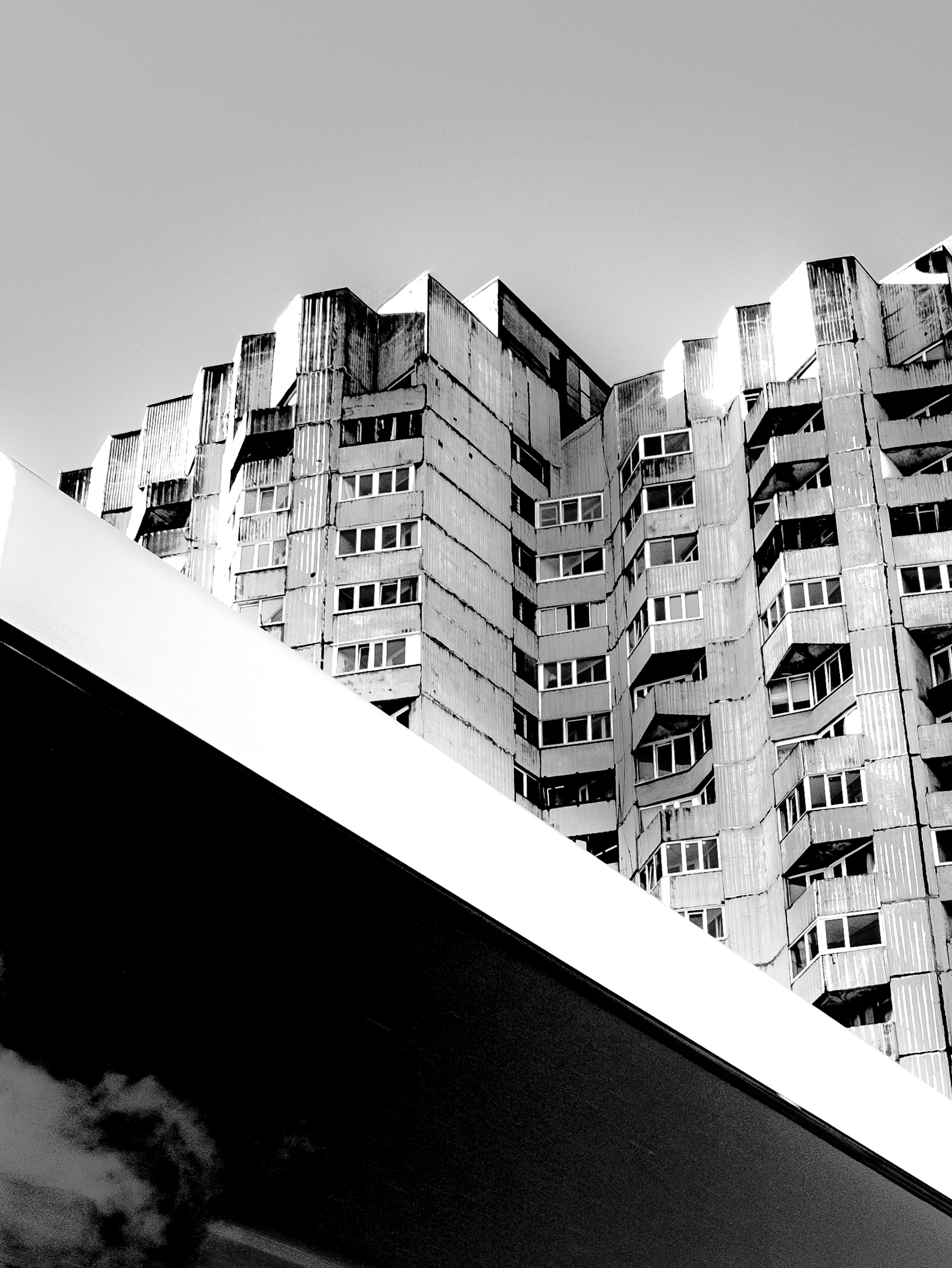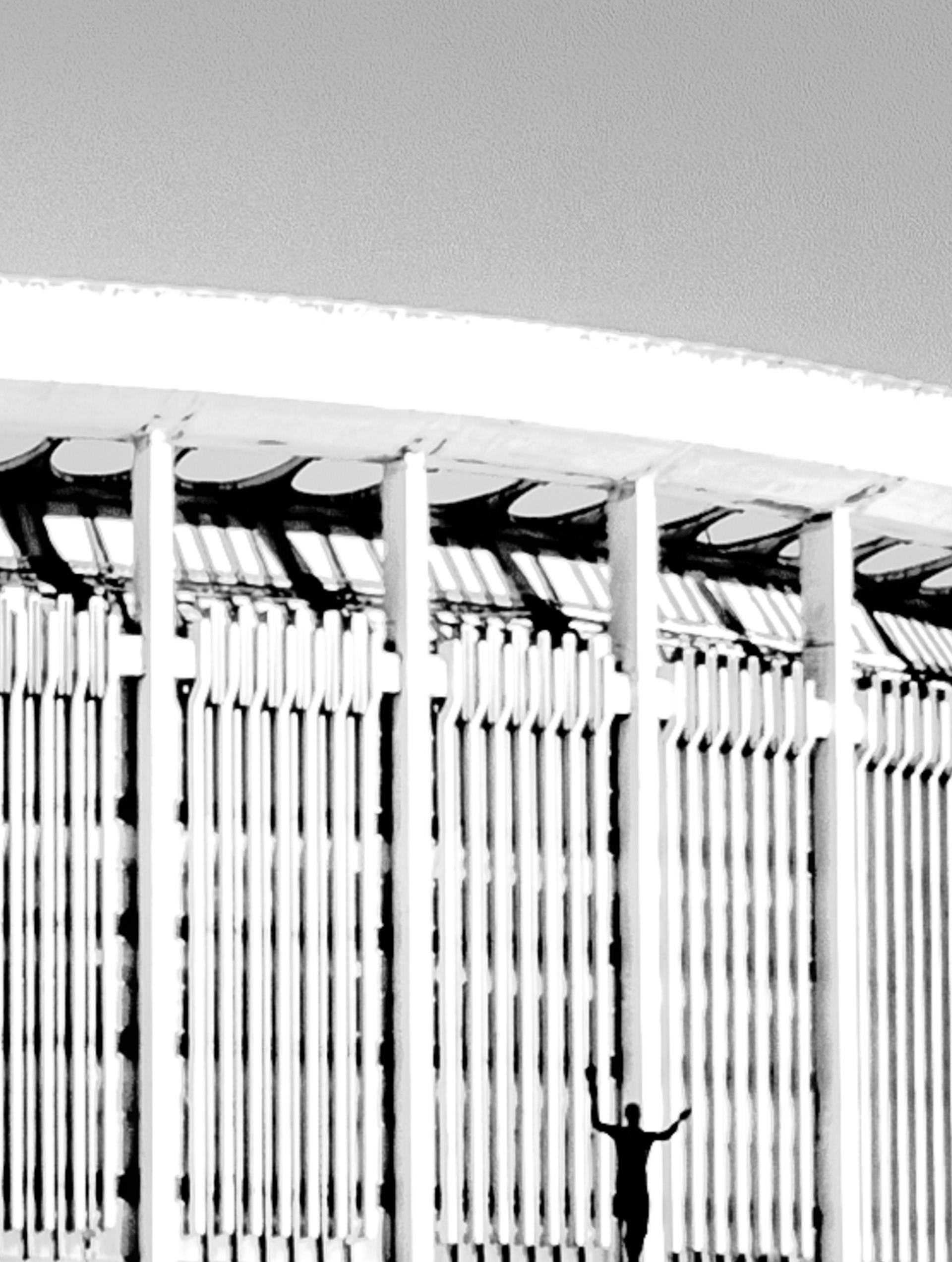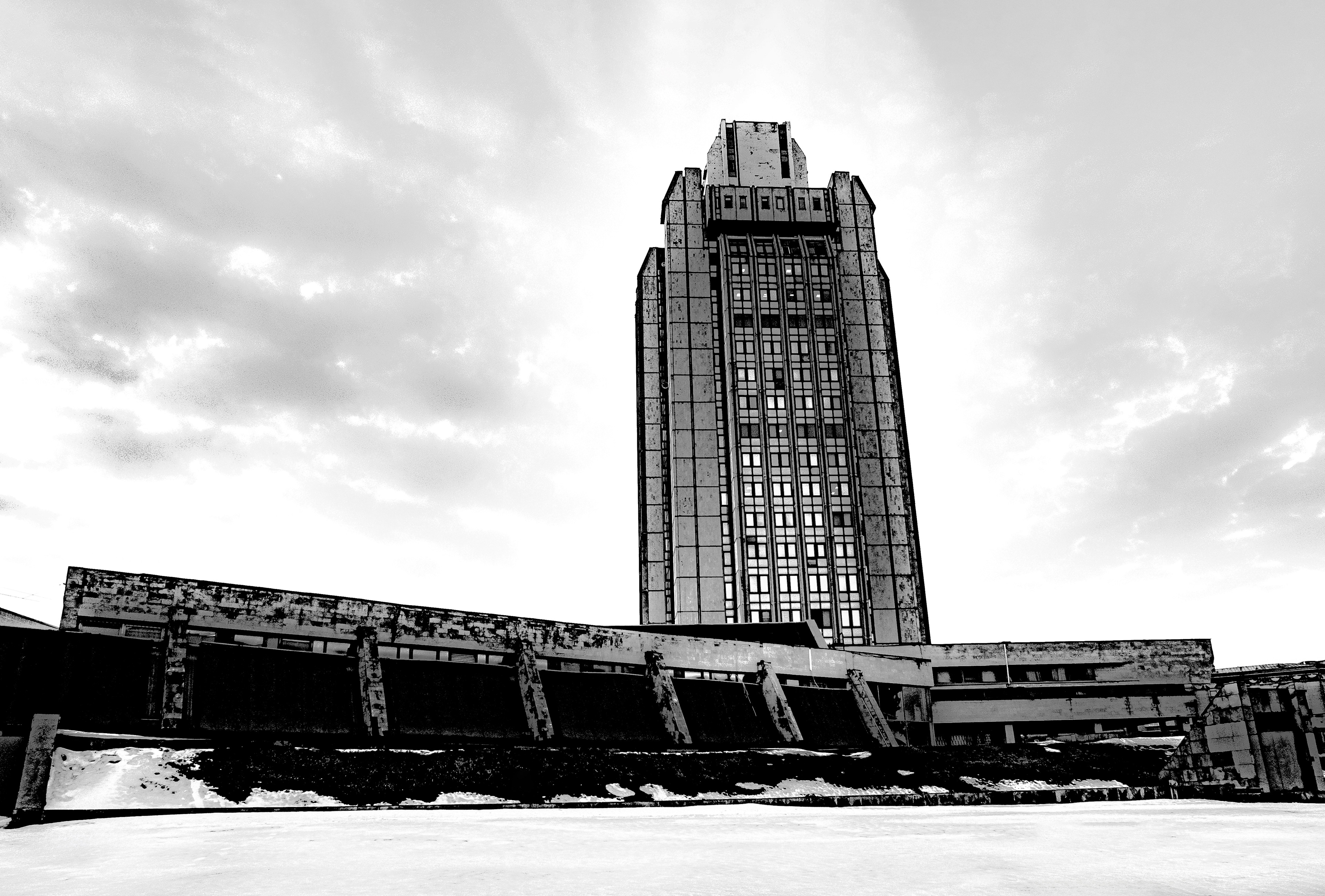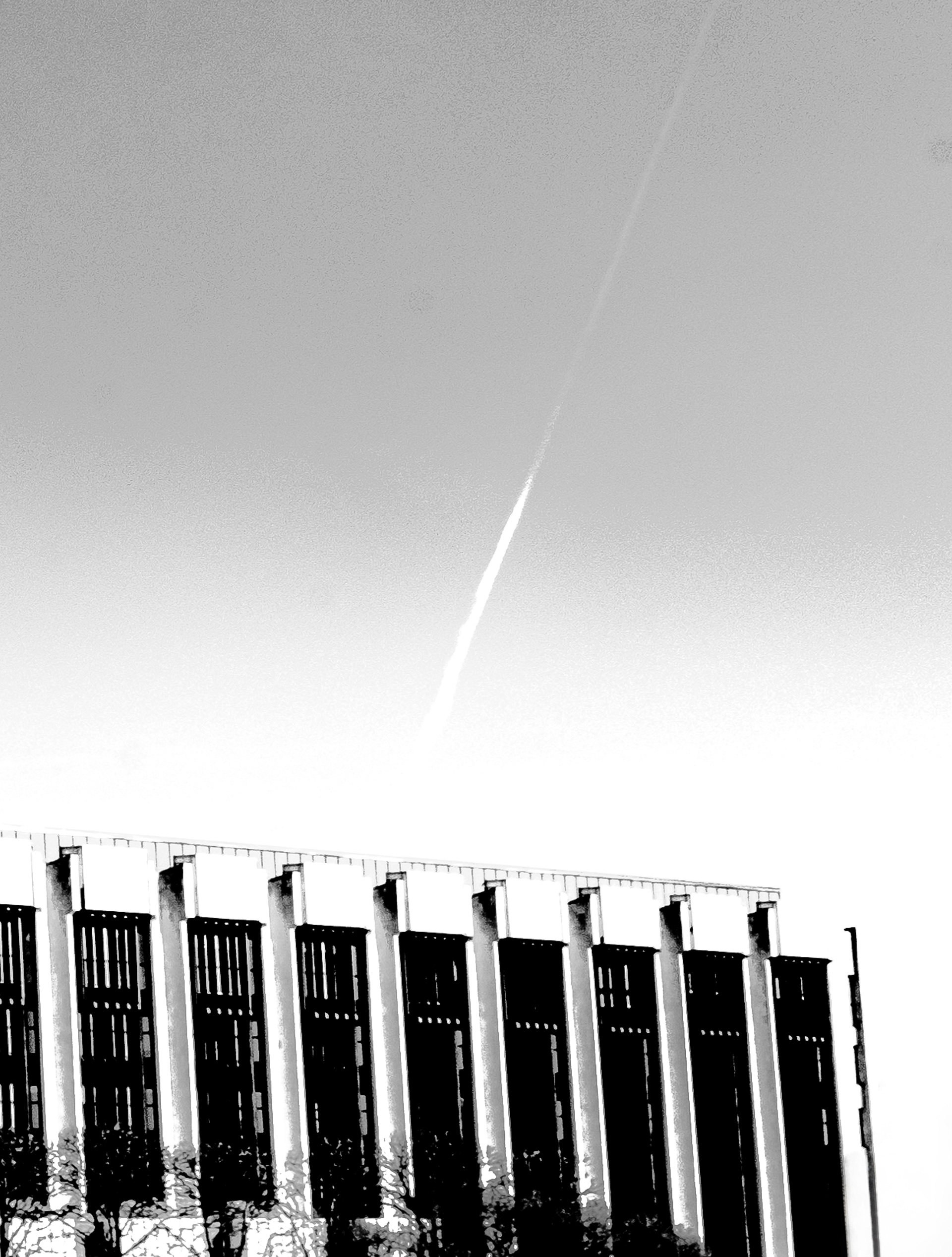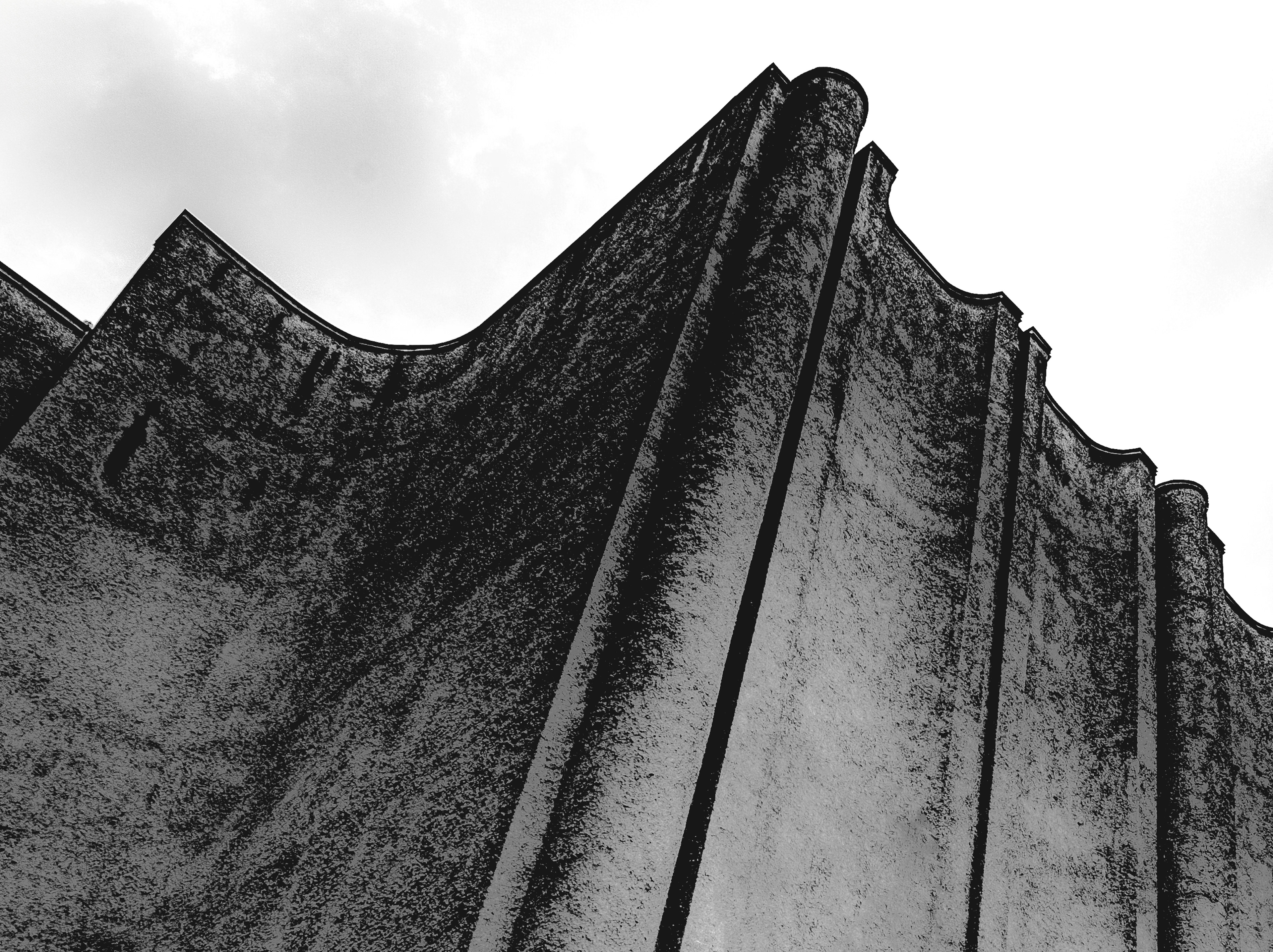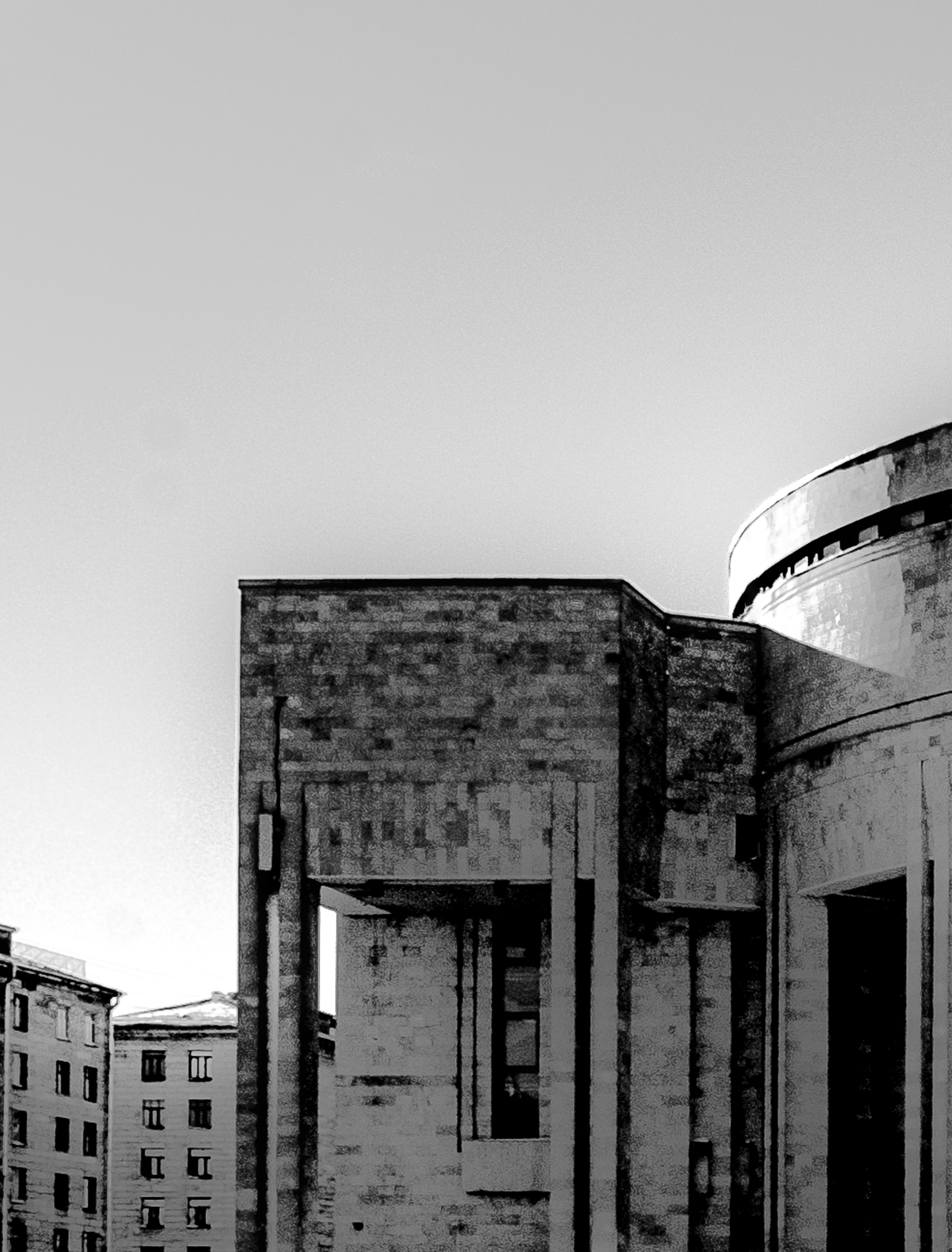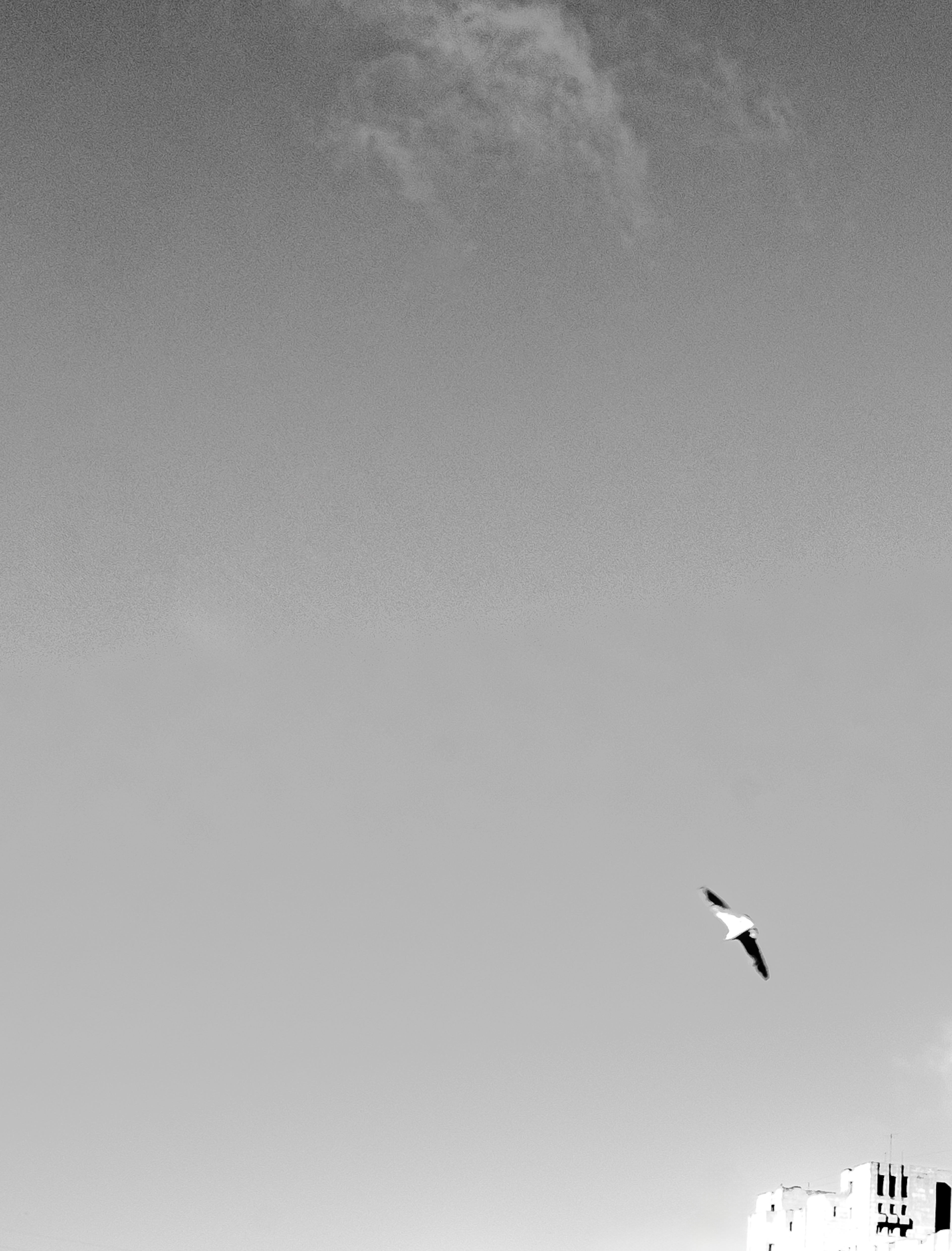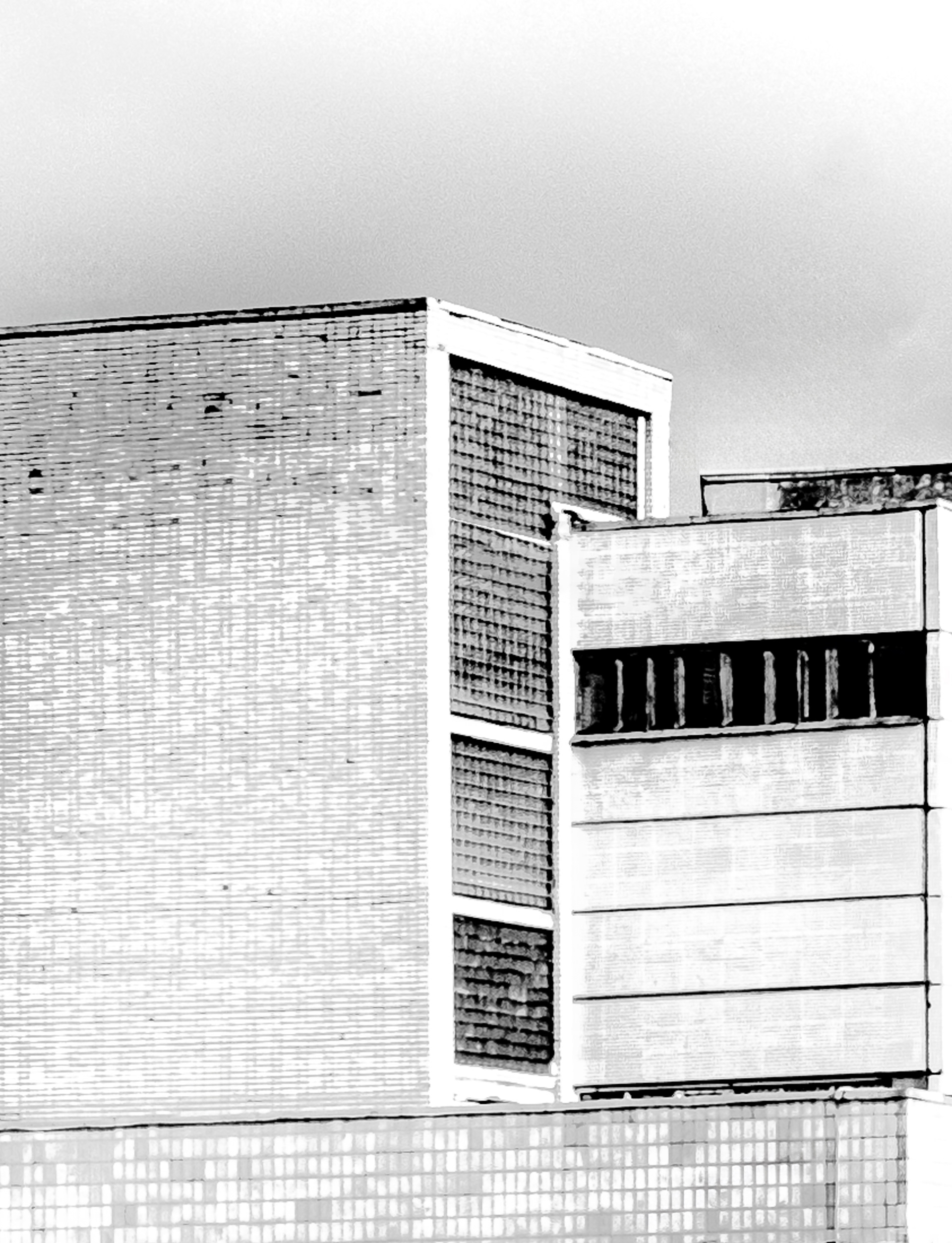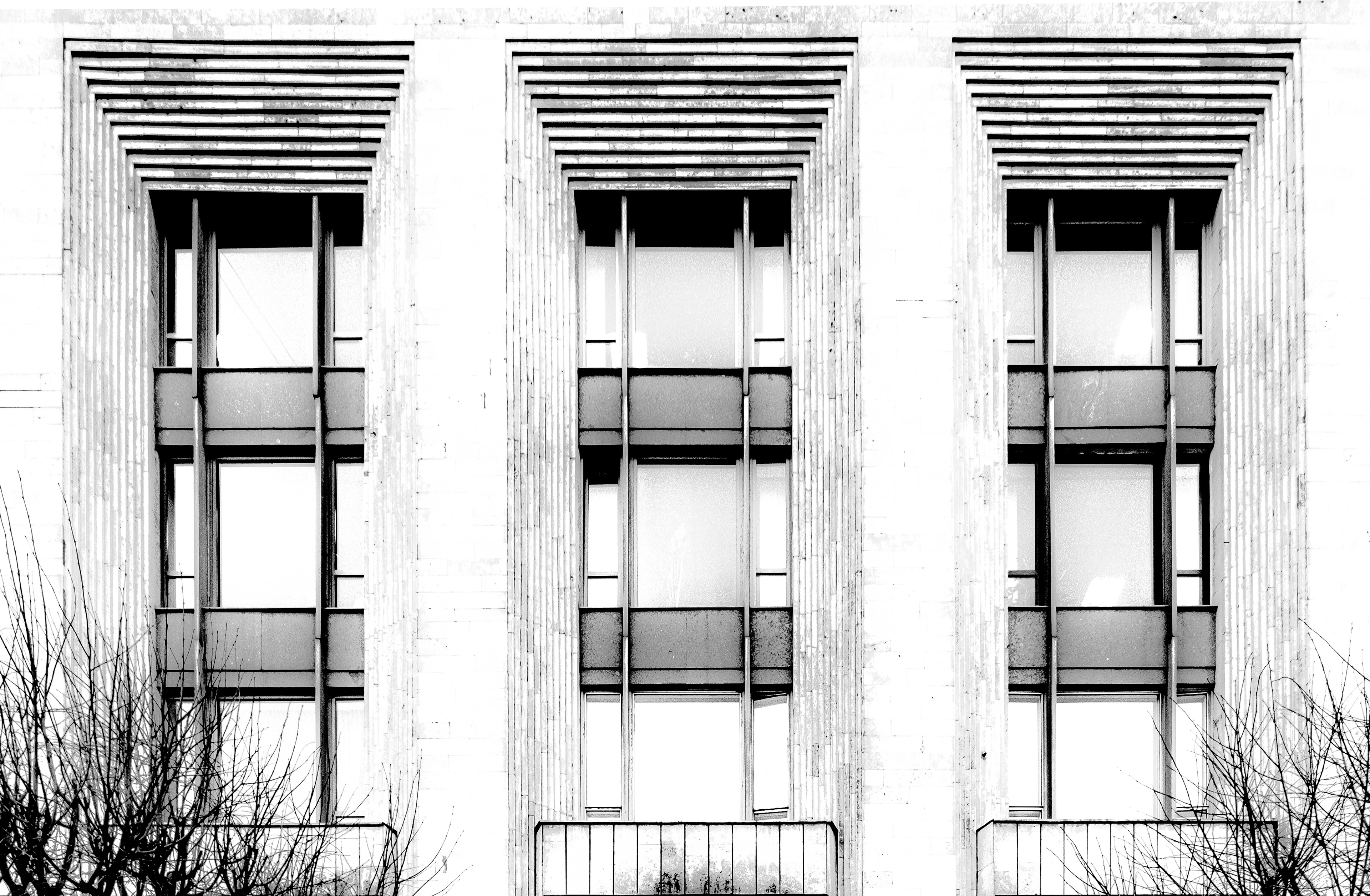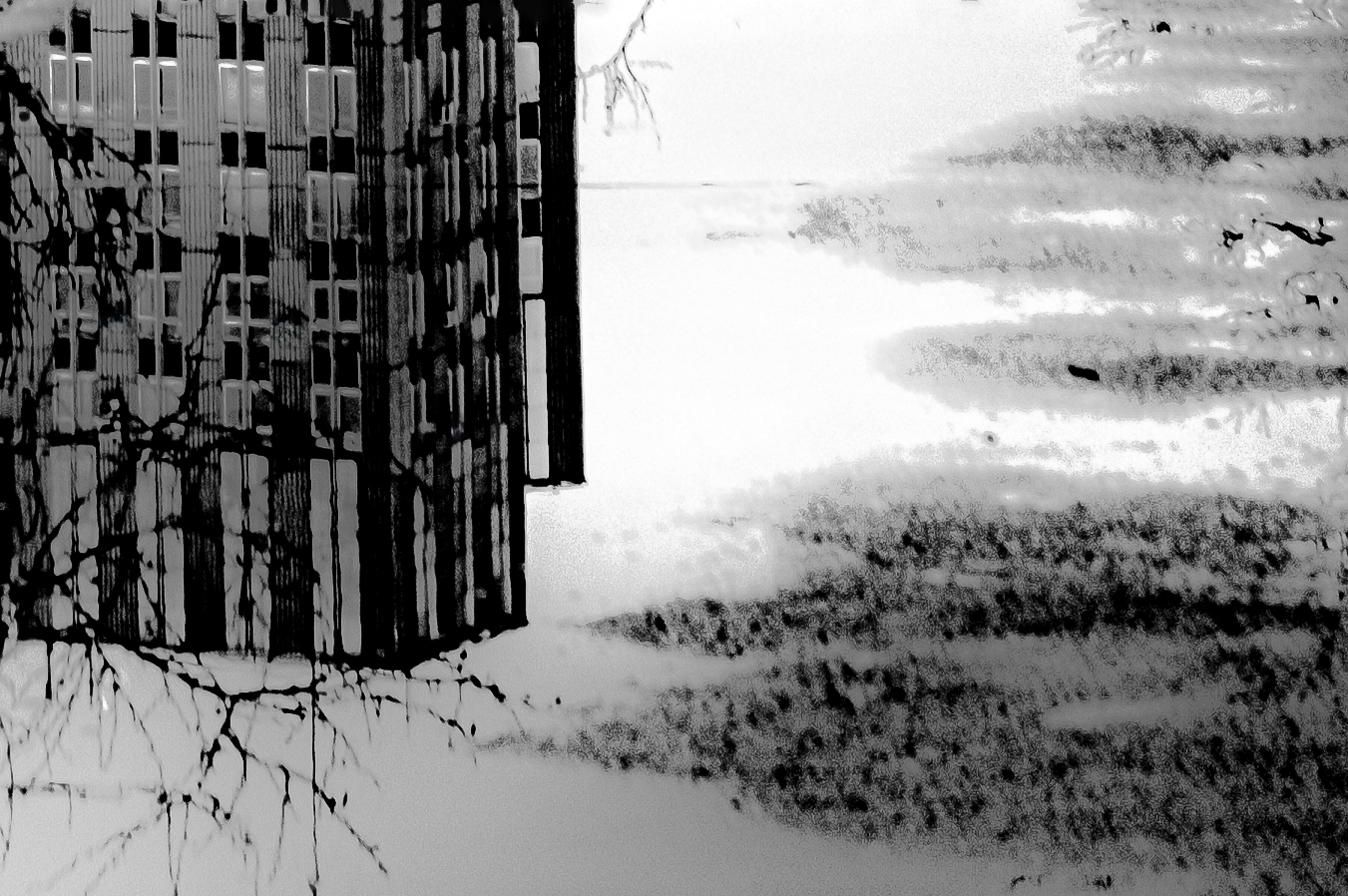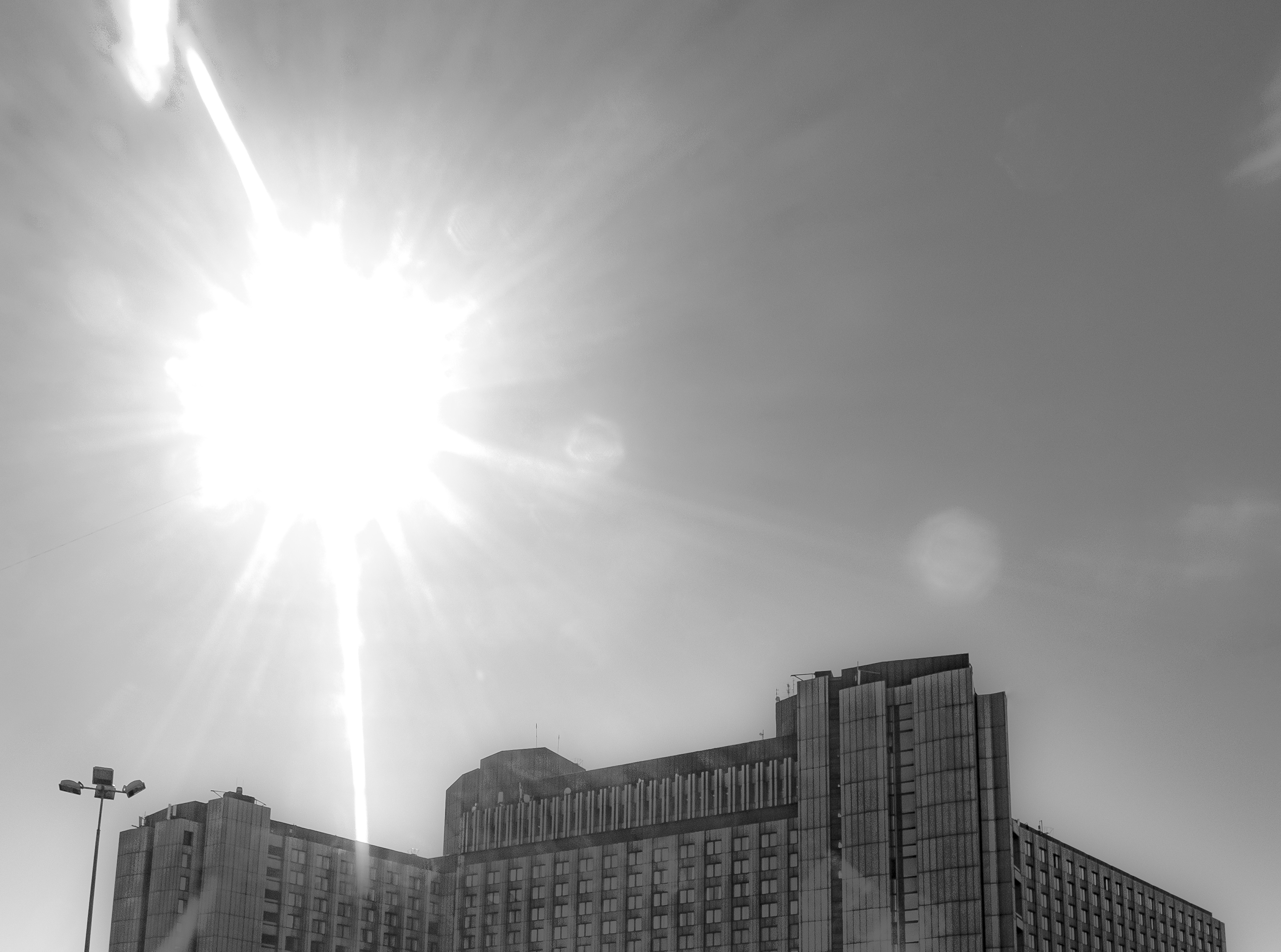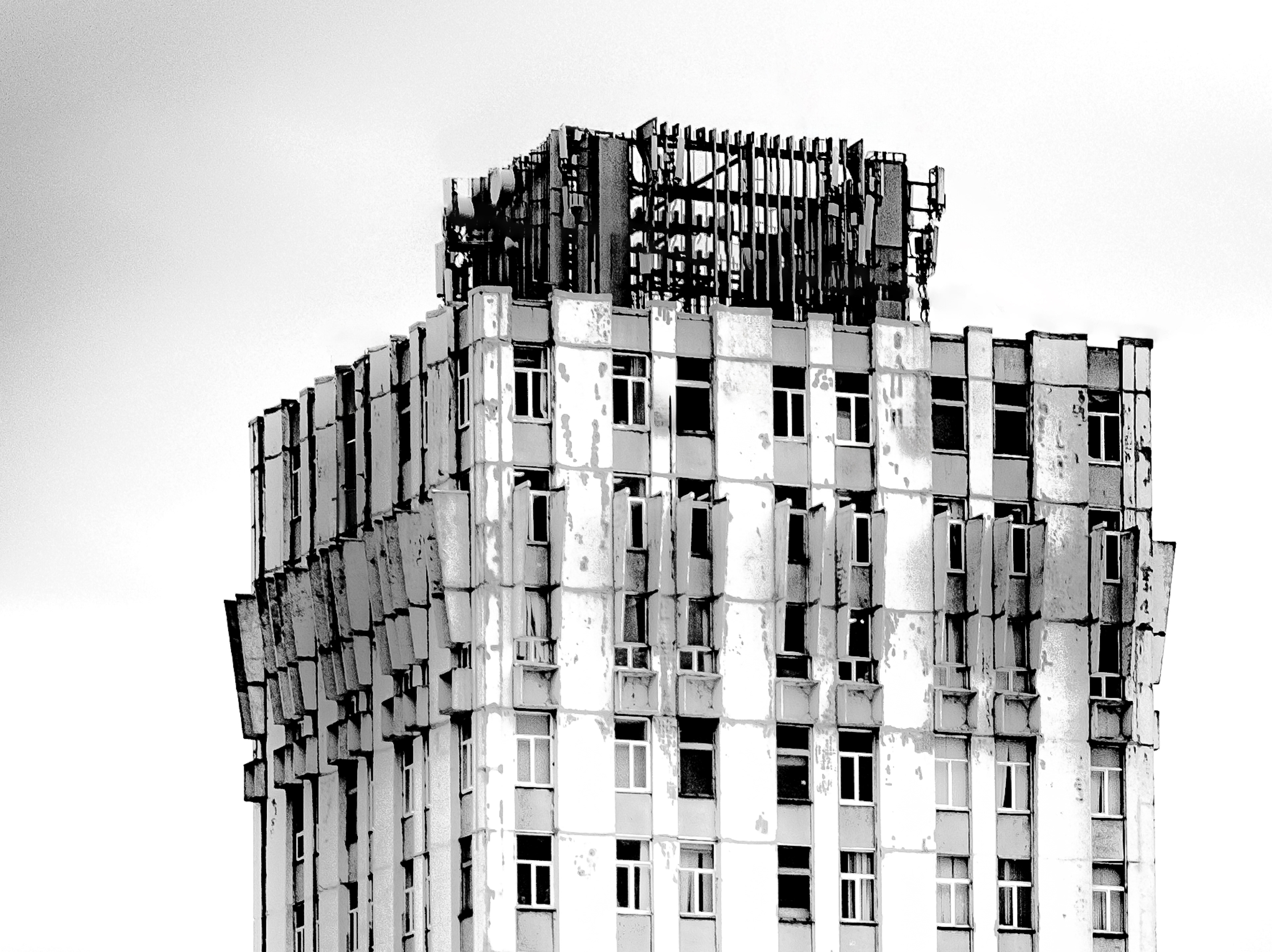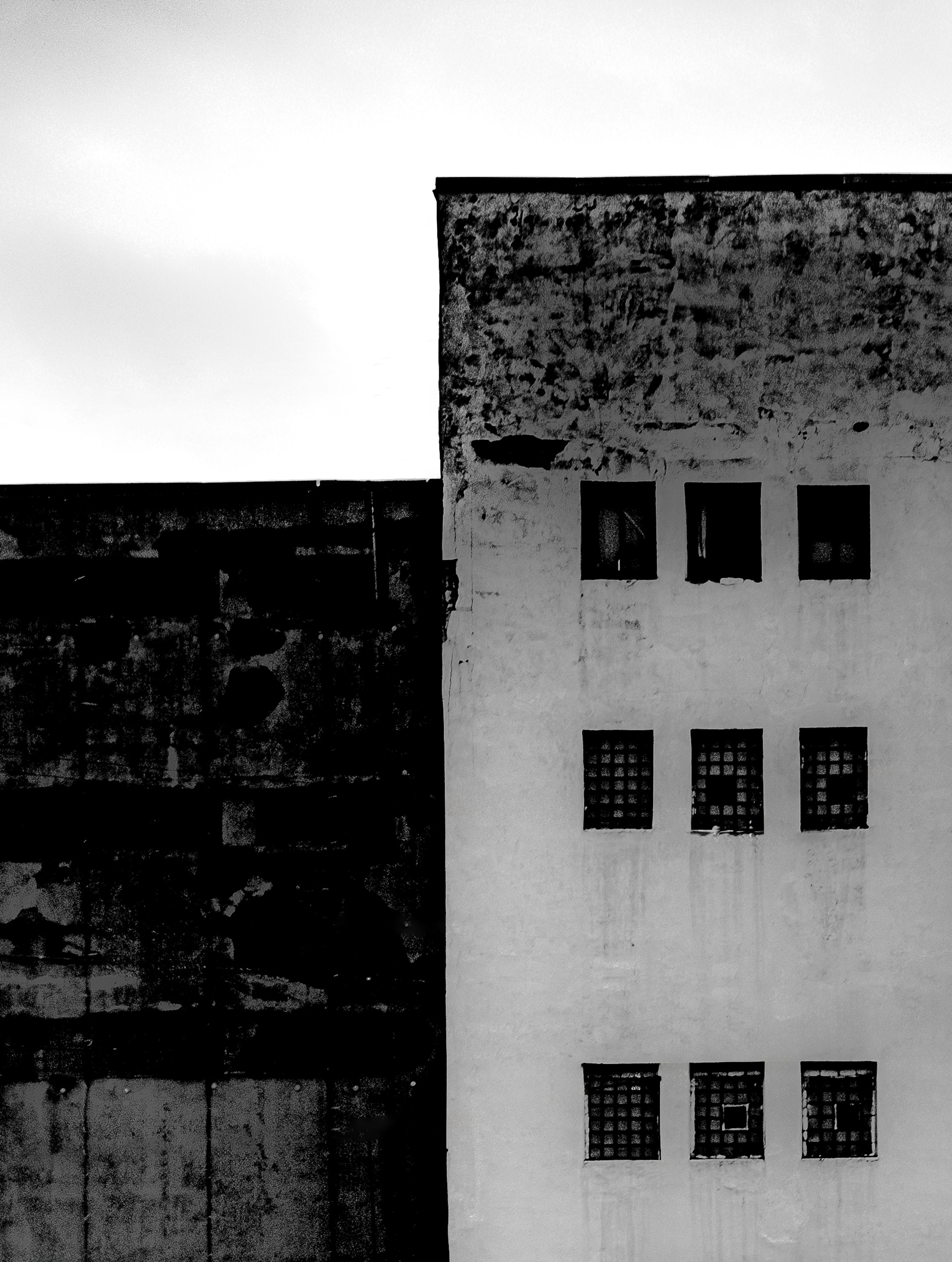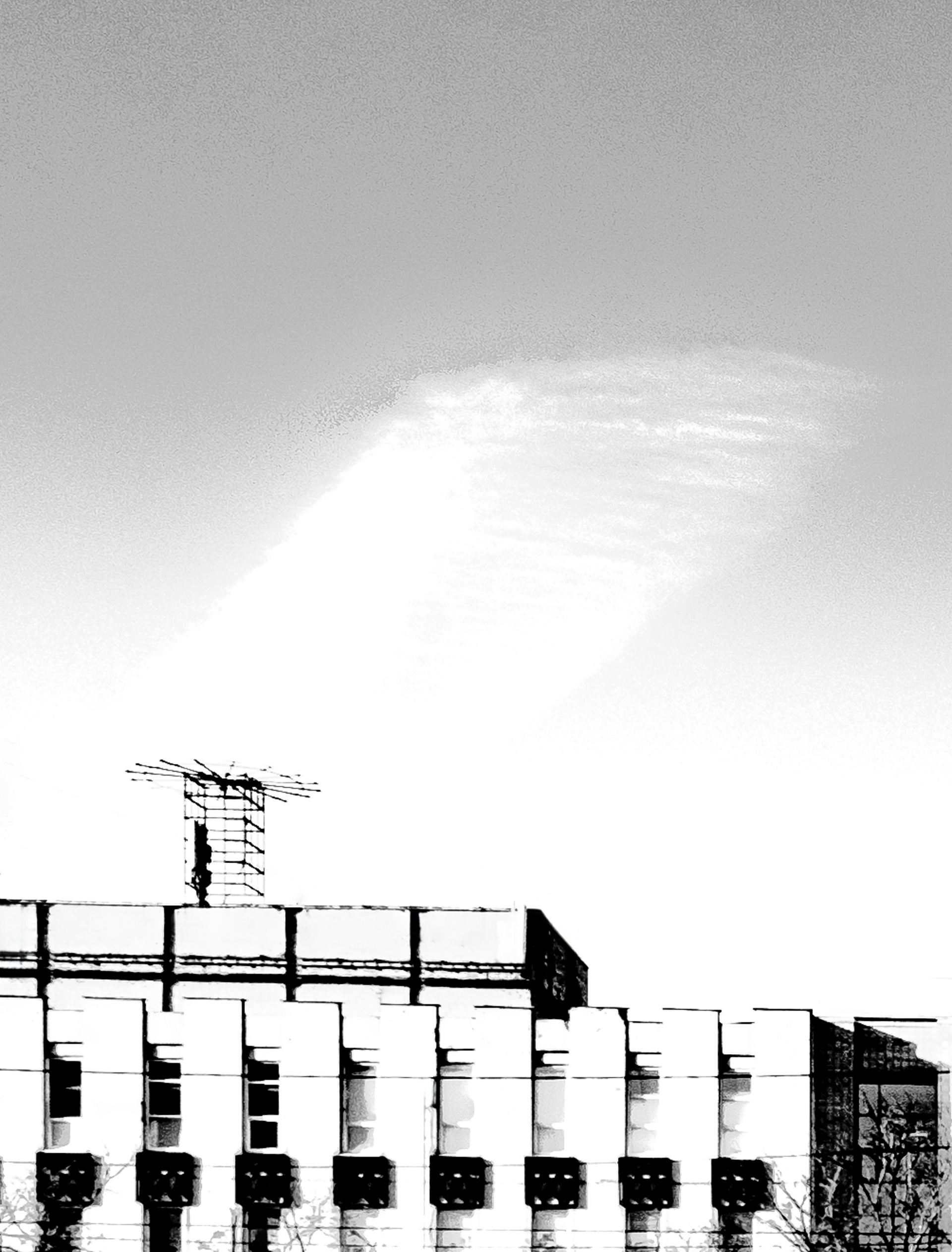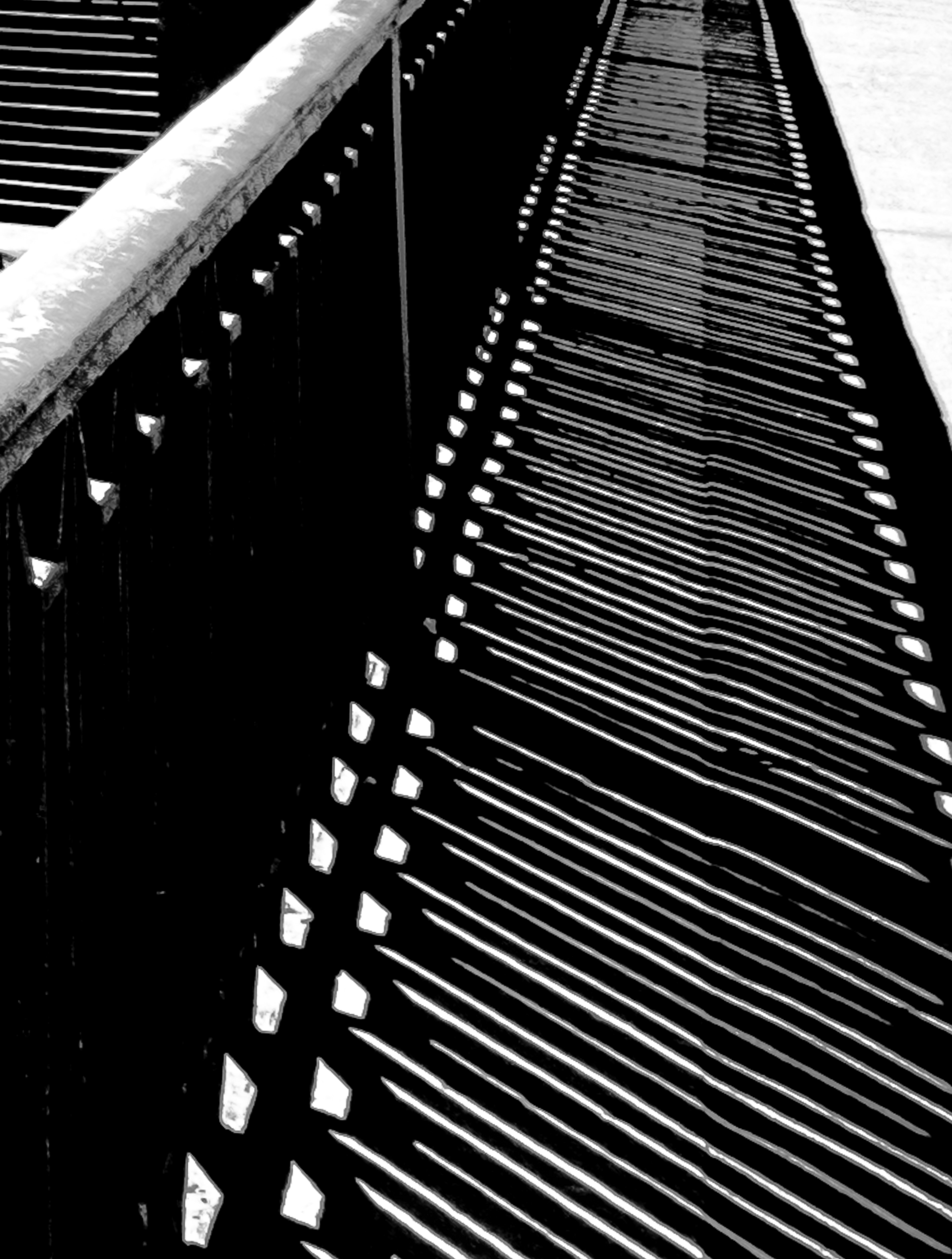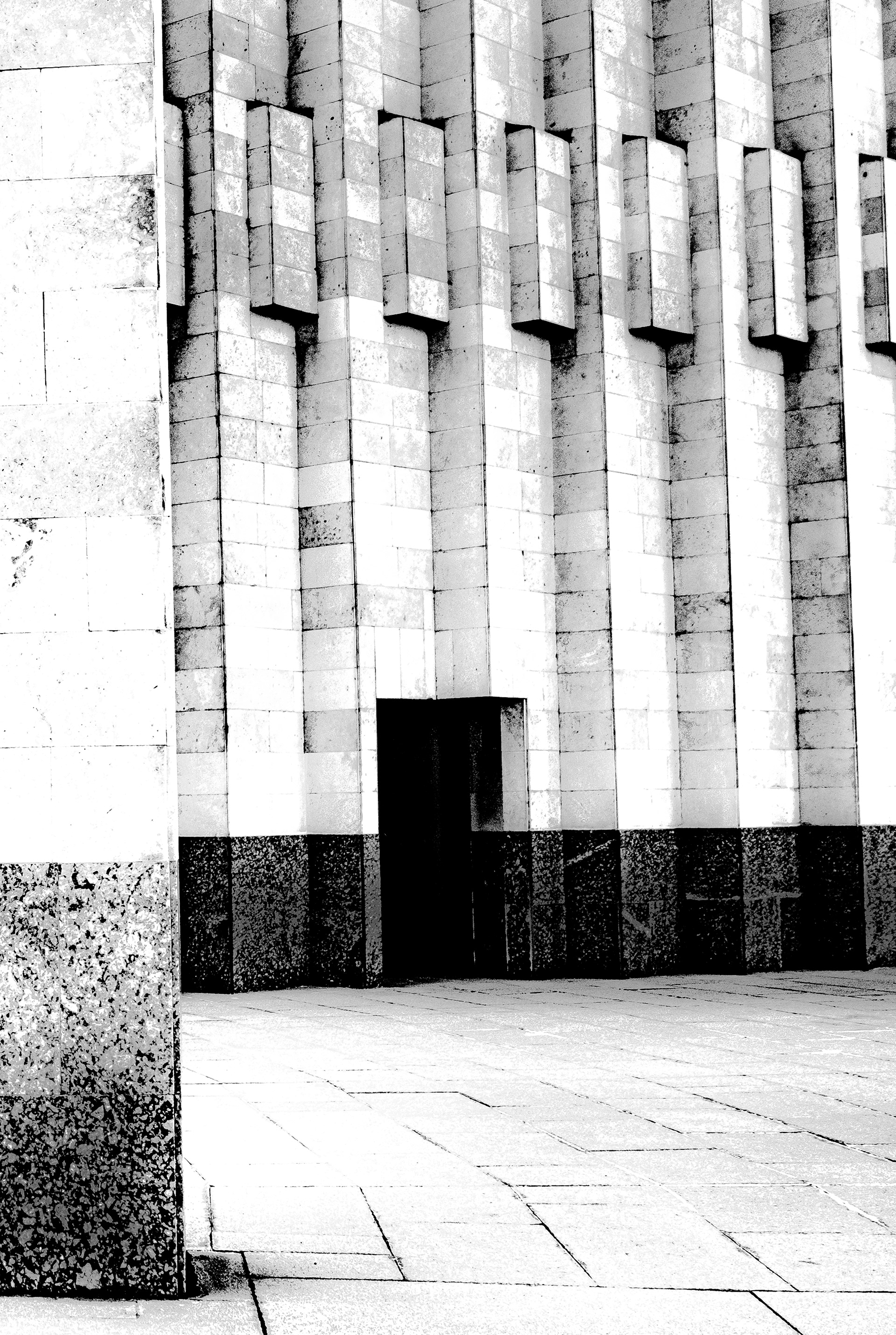"I was born in Russia, in Saint Petersburg. Back then, in the late 1980s, it was still the Soviet Union, and the city was called Leningrad. My parents and I lived in the city center, in a communal apartment, where we had one large room. When I was about five or six years old, I used to play a particular game. I imagined that our room was a city—my city, the one I knew. It had buildings, streets, institutions, research centers, kindergartens, factories, cars, and public transportation. Buses, and even better - trolleybuses. To make this work, I had to string contact wires all around the room. I used rope for the wires, and cardboard boxes became trolleybuses. With the help of paper clips, the trolleybuses connected to the wires and could travel along their routes. At the stops, passengers were already waiting—plastic and rubber toys, animal figurines. It was rush hour, of course, so the vehicles were overcrowded. For adults, living in a Leningrad communal room during these games was not particularly easy.
I left in 2020. In the months before my departure, I spent my time walking around and photographing the late Constructivist public buildings and institutions of Leningrad. Later, after I had moved to Israel, I couldn’t bring myself to work with this archive for a long time. It took me four years to make sense of it all, for things to finally start falling into place - or unraveling. That’s when the concept of "Leningrad 2020" came to me. I realized that, in truth, very little about the city had changed since my childhood.
The city had become tangled in wires, and I had to spend a long time cleaning these photographs. This process felt like the inverse of that childhood game, when I used to entangle my indoor constructivist Leningrad with electric wires to run passenger trolleybuses through it. In this case, the wires are conducted from the past, from childhood, to the present and further along the route to the shaky Leningrad Soviet swampy nowhere".
Michael Banifatov, visual Artist, architectural photographer.
